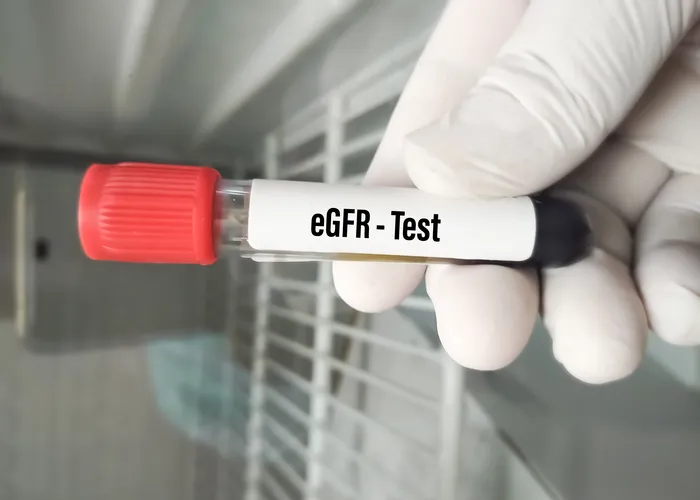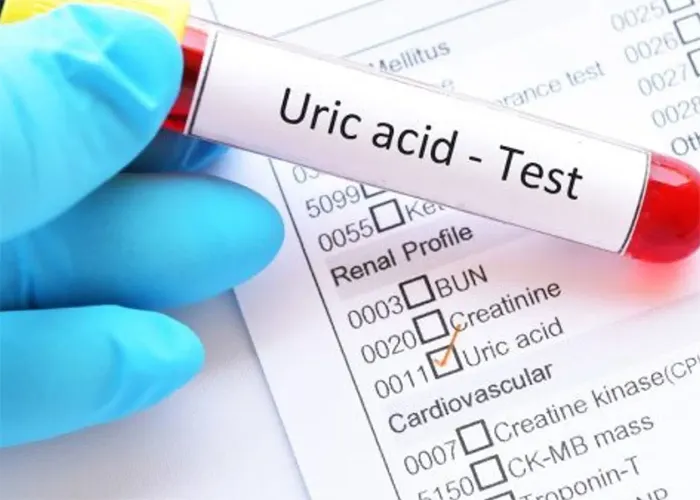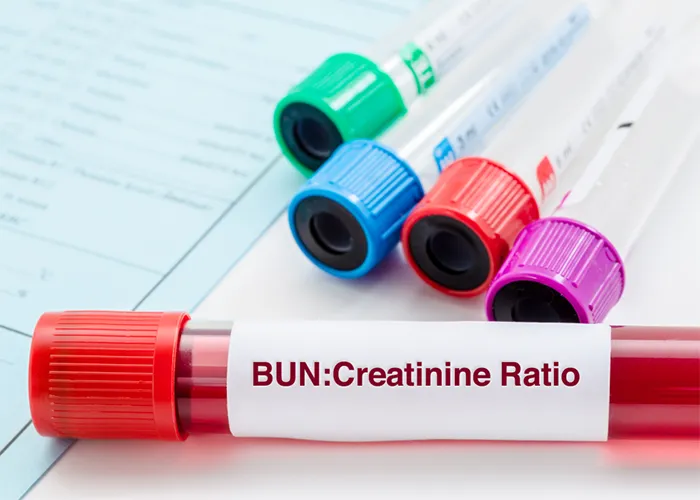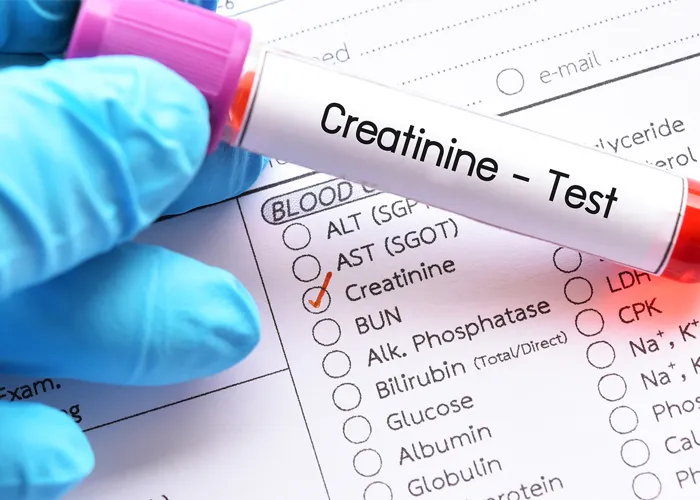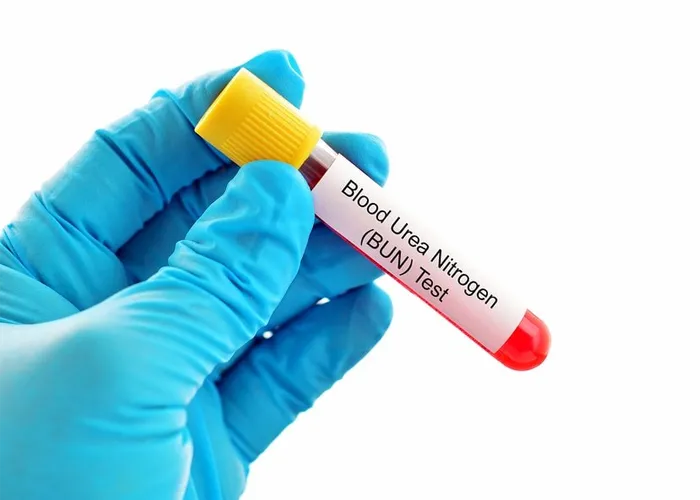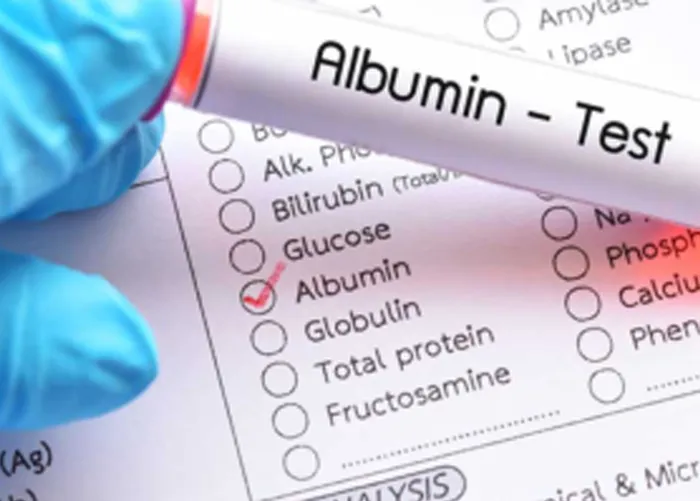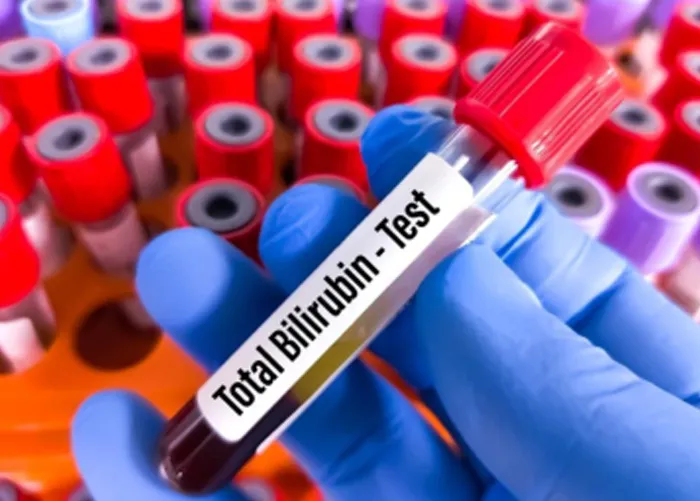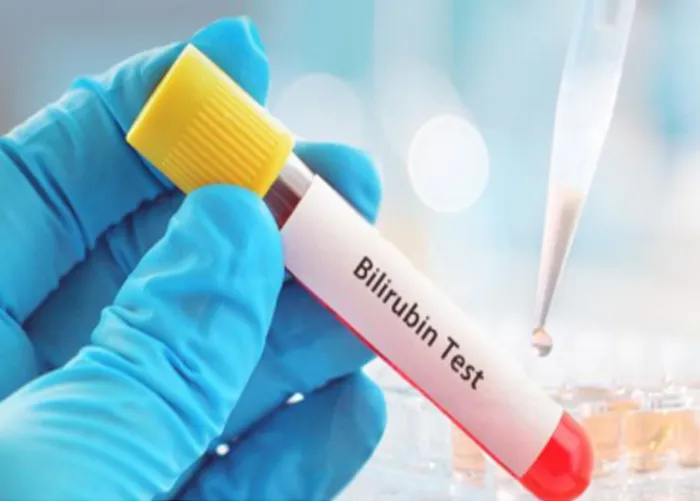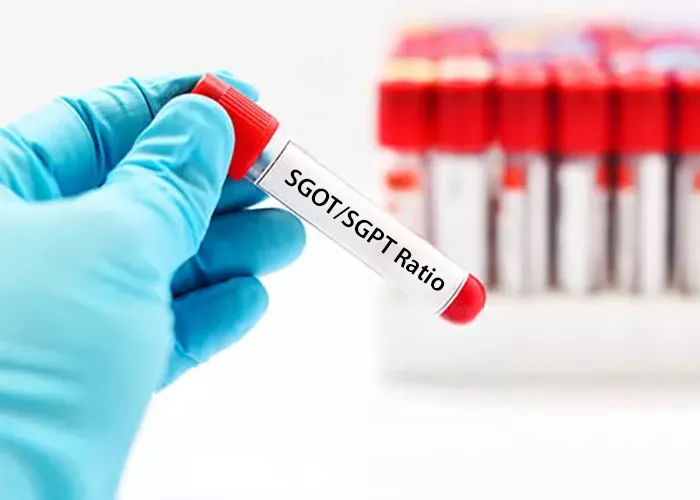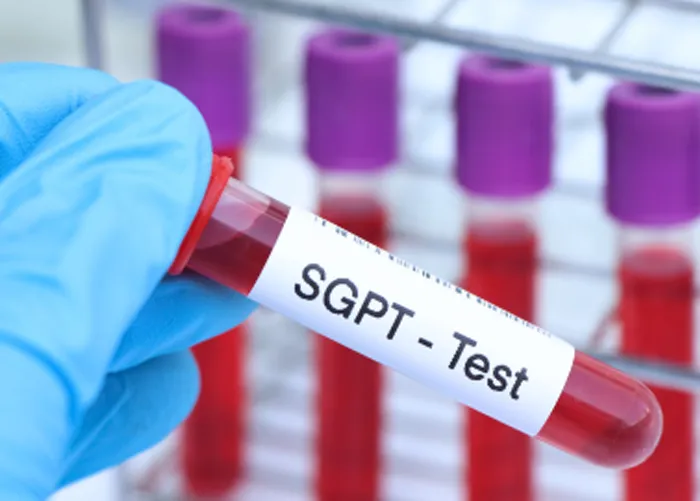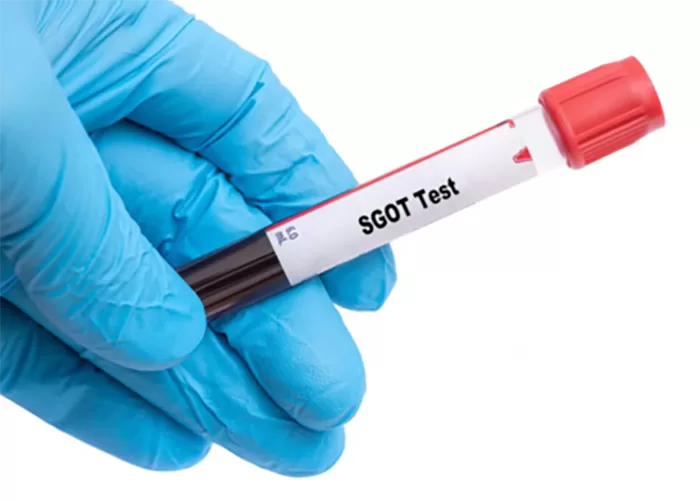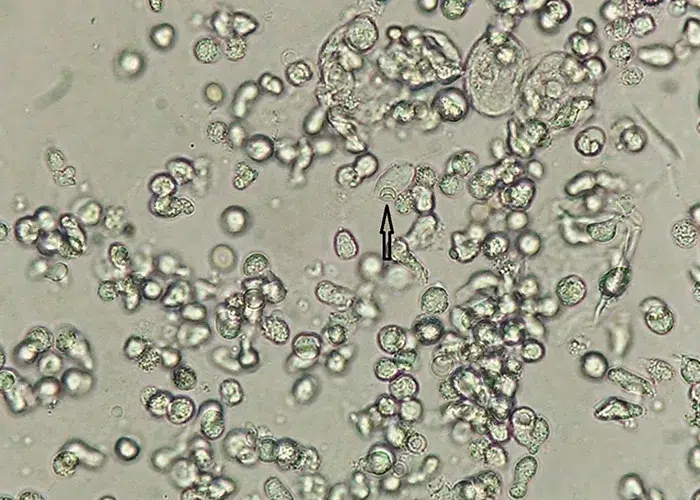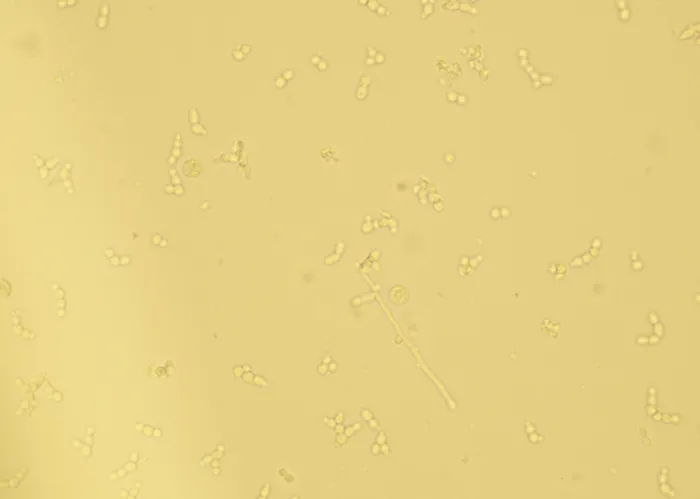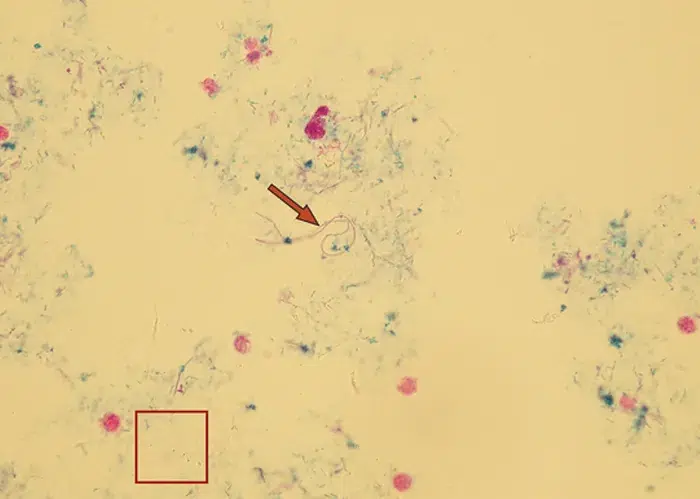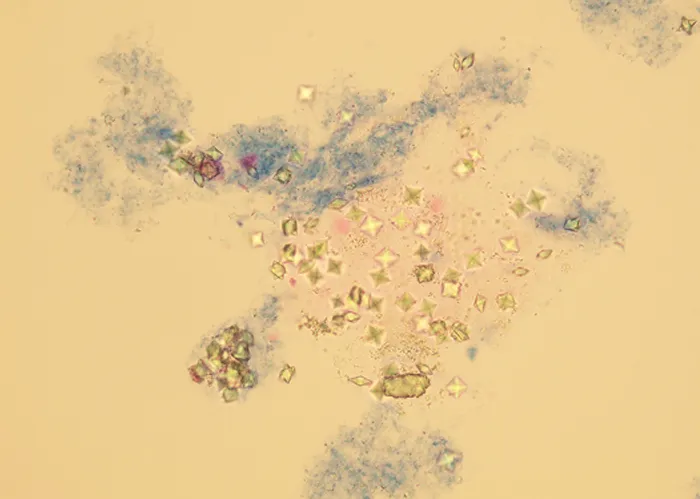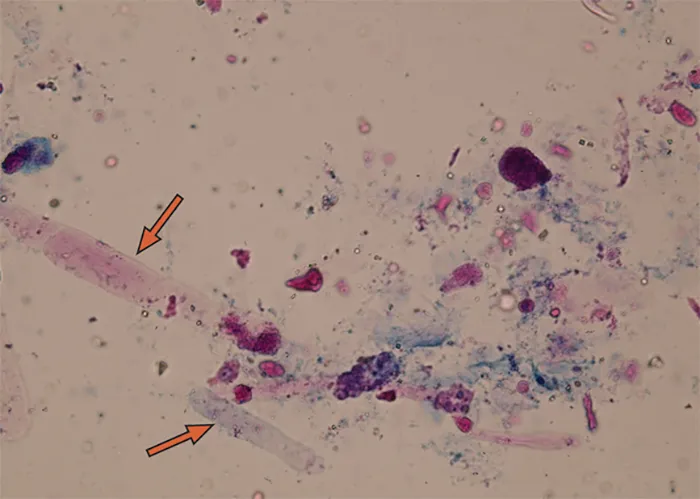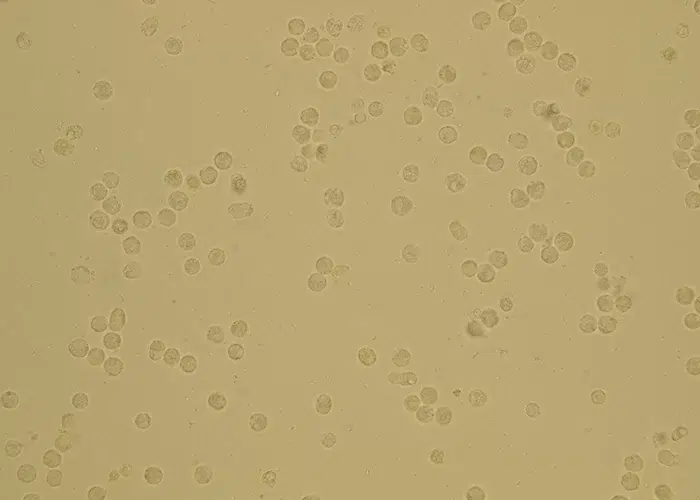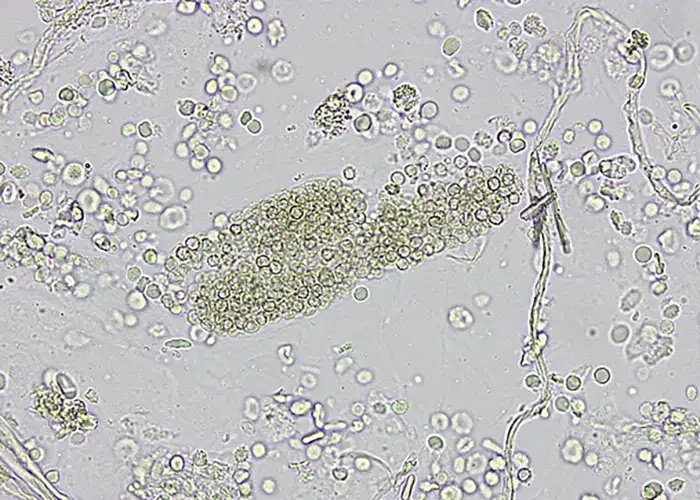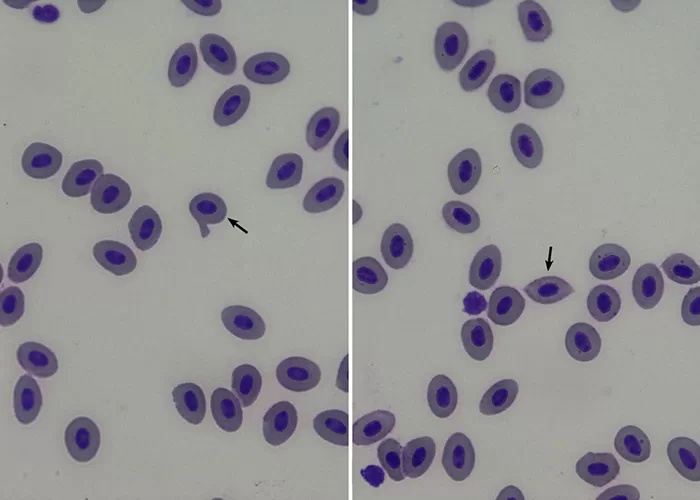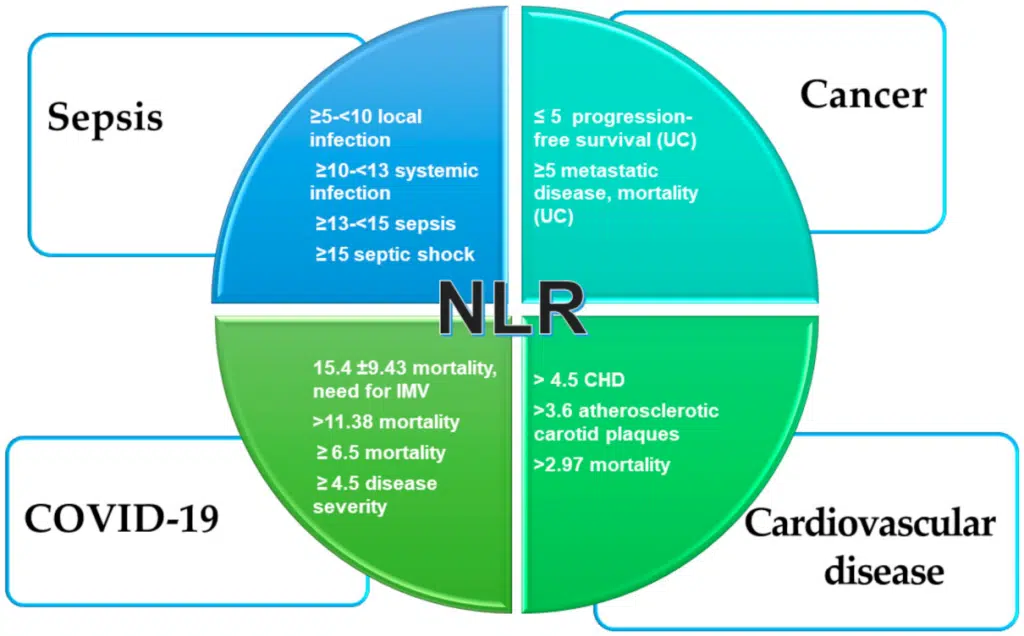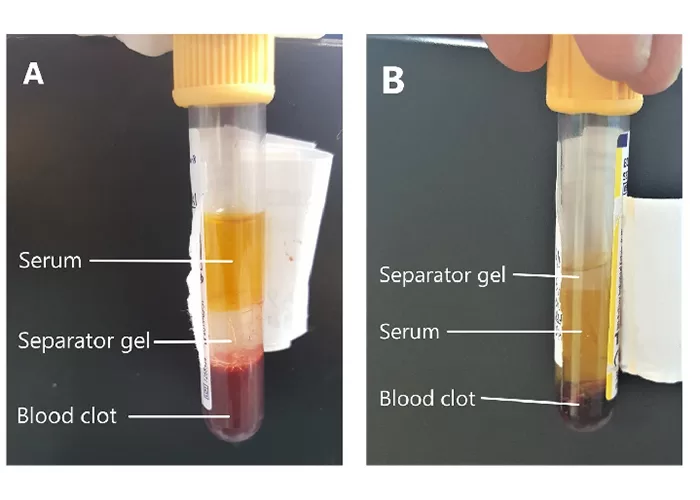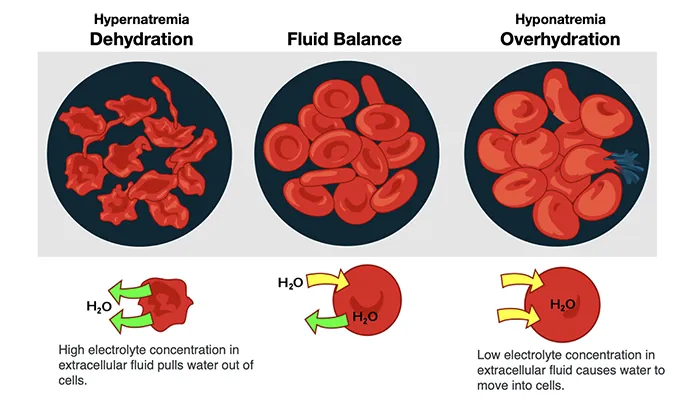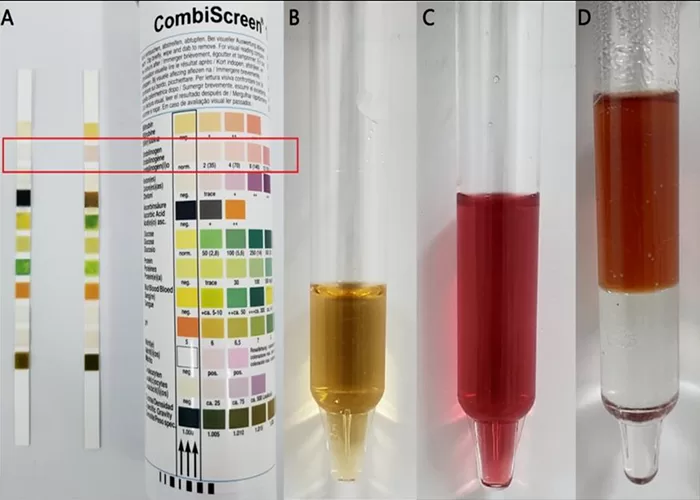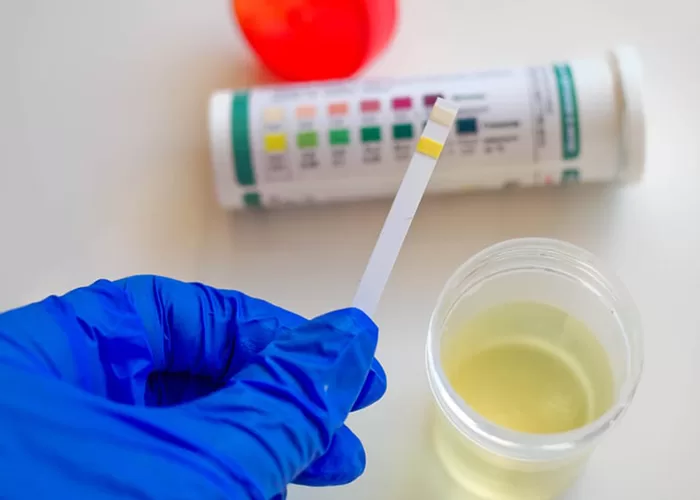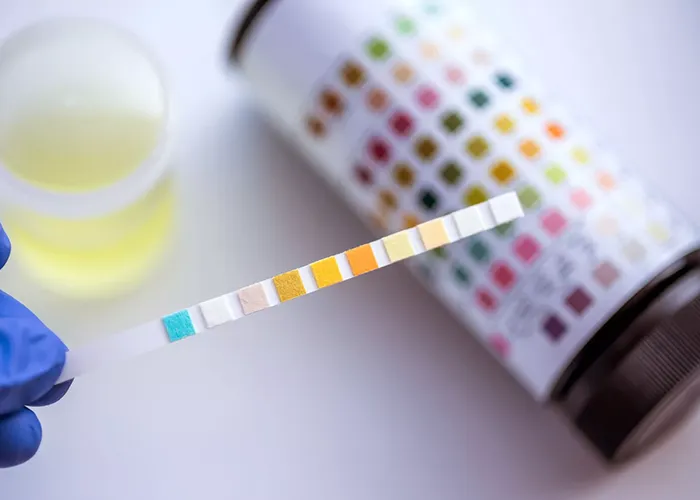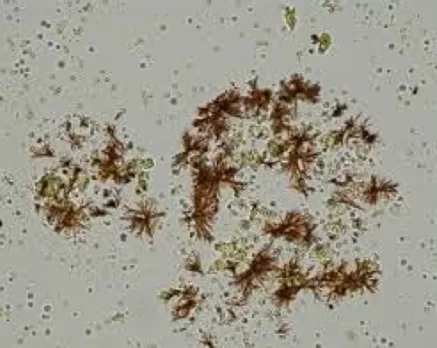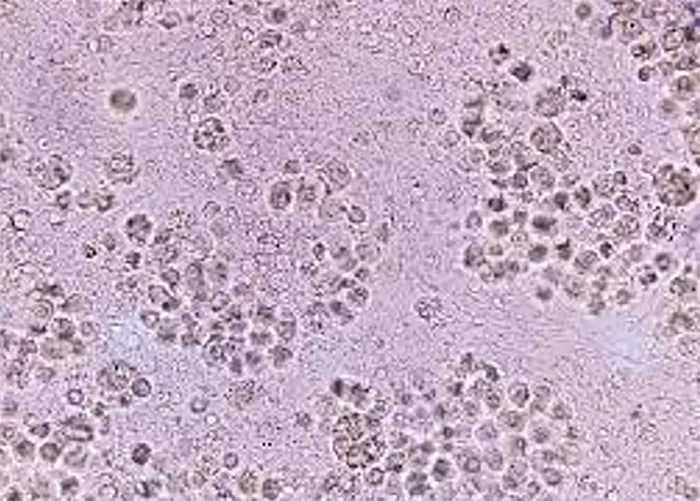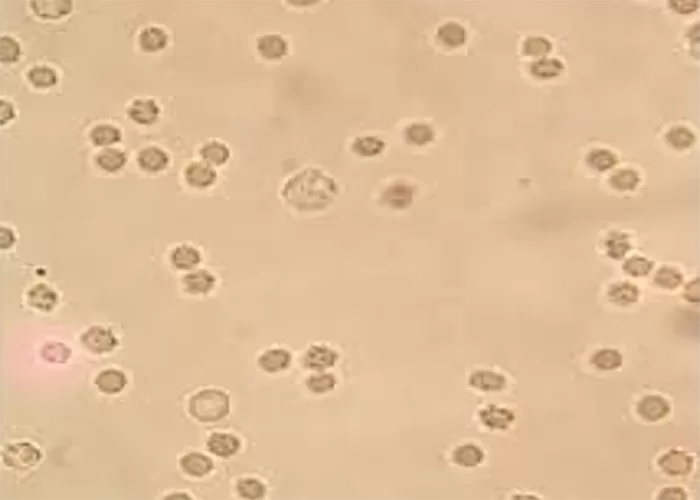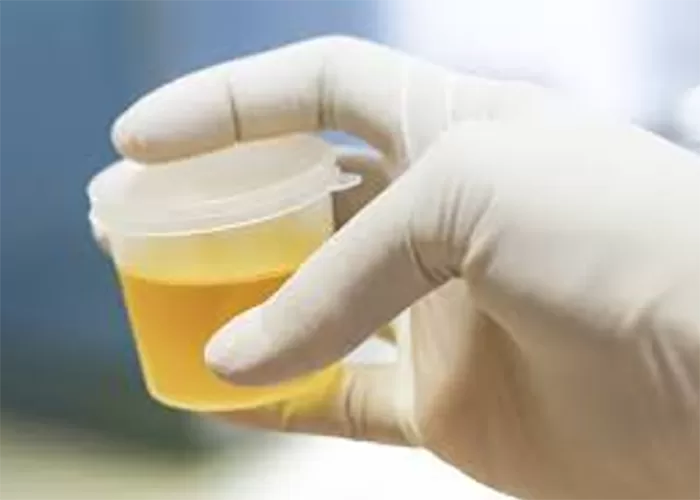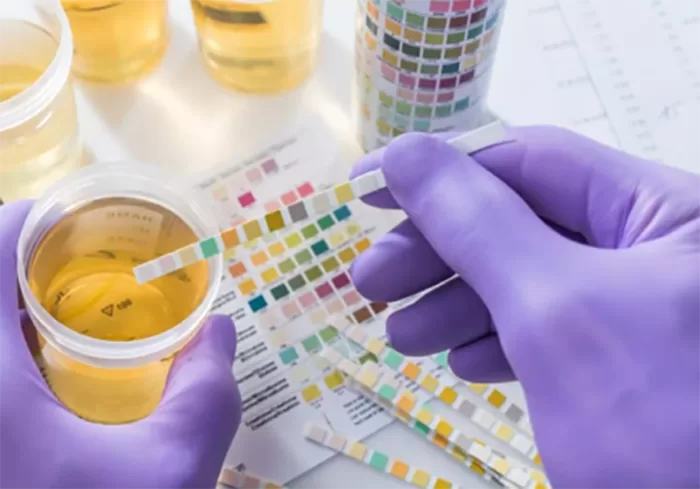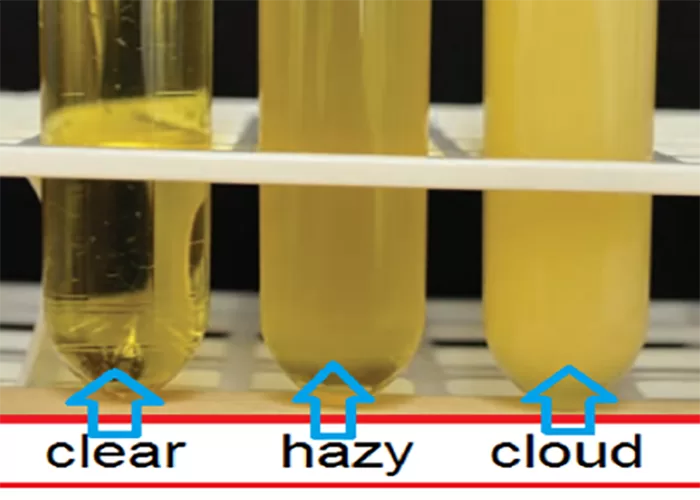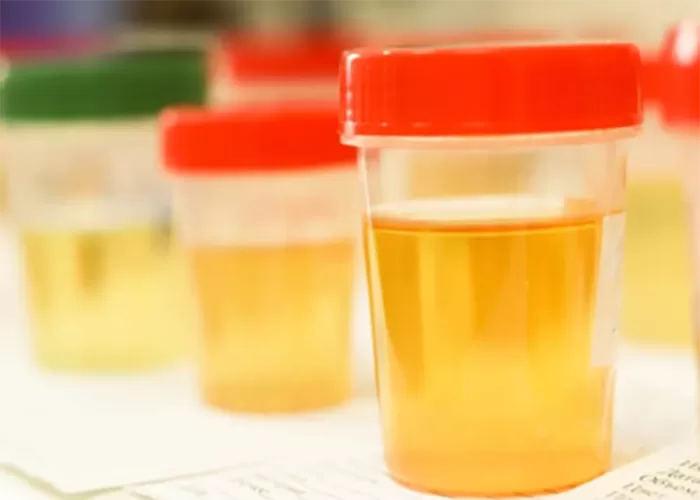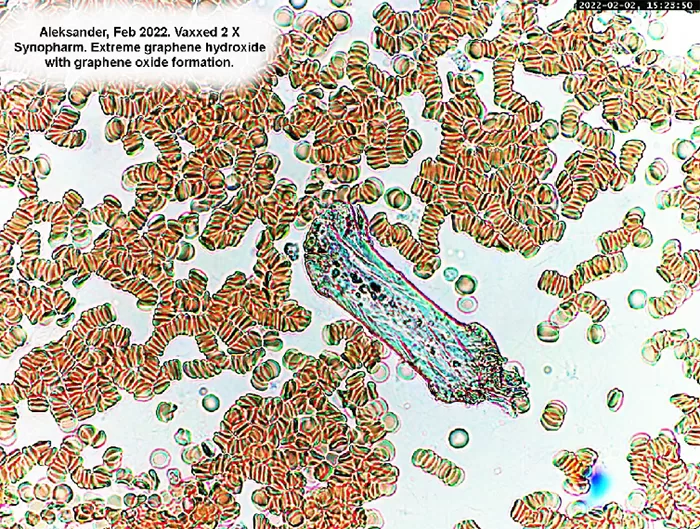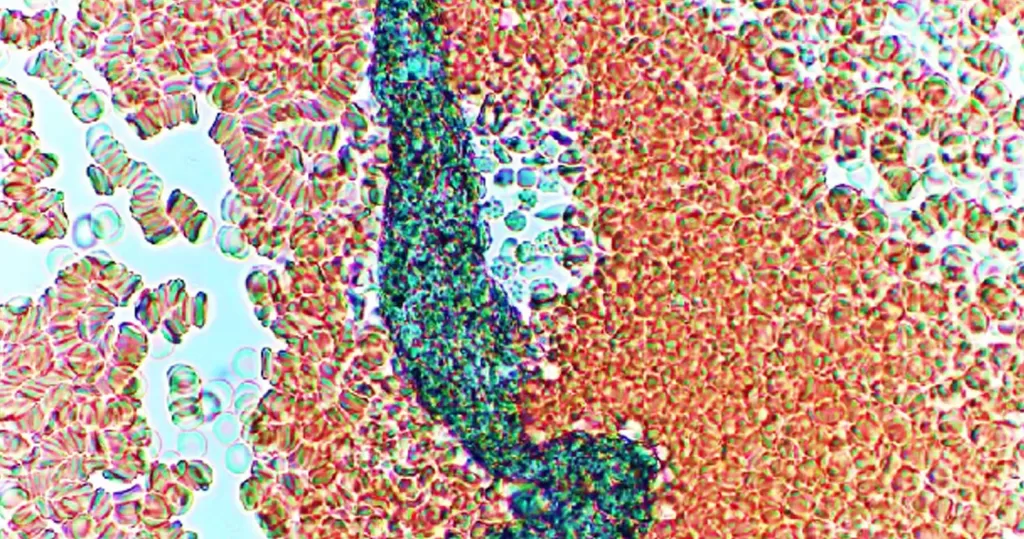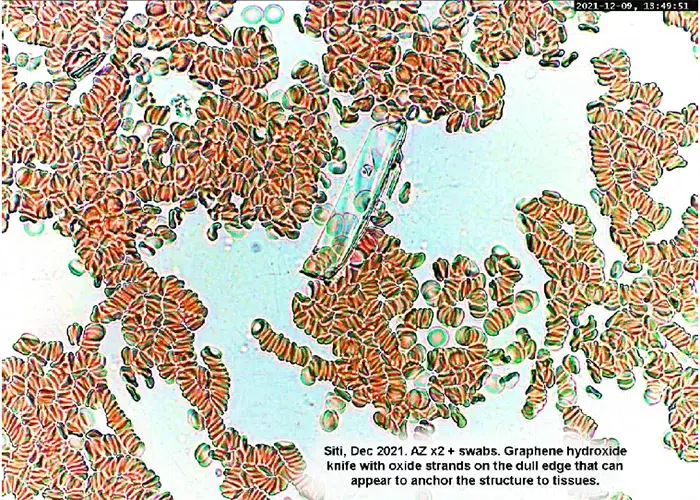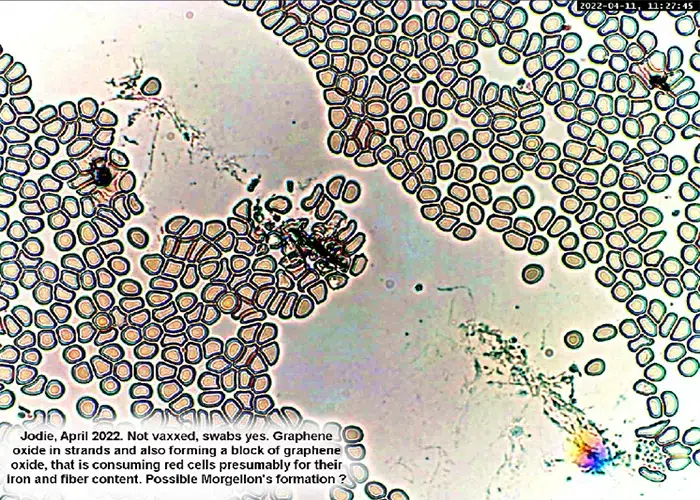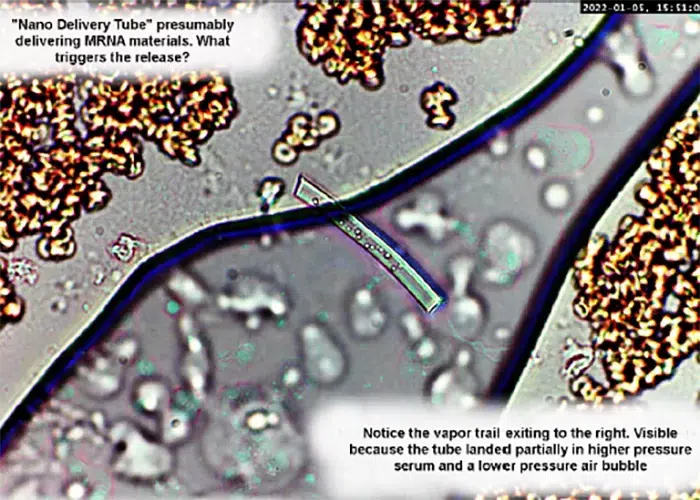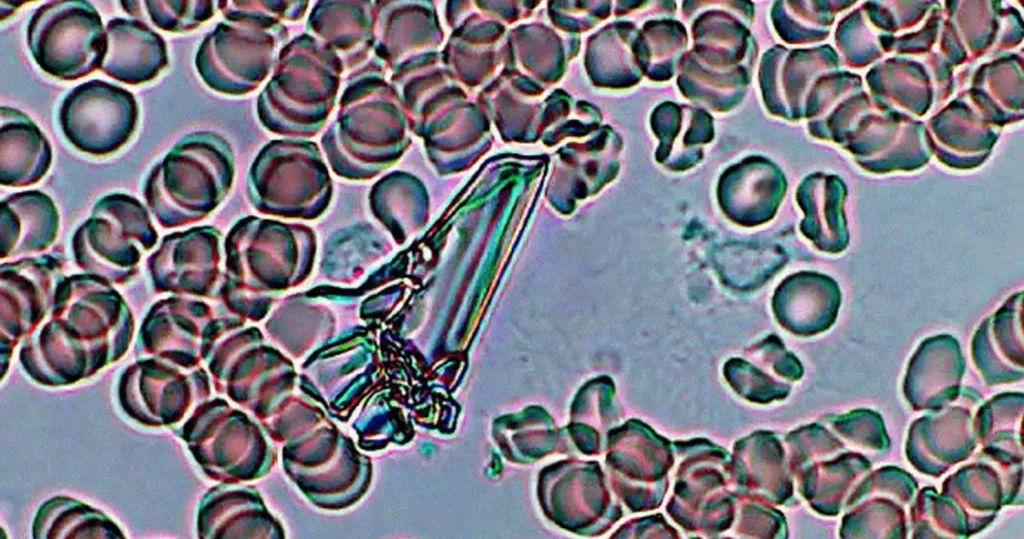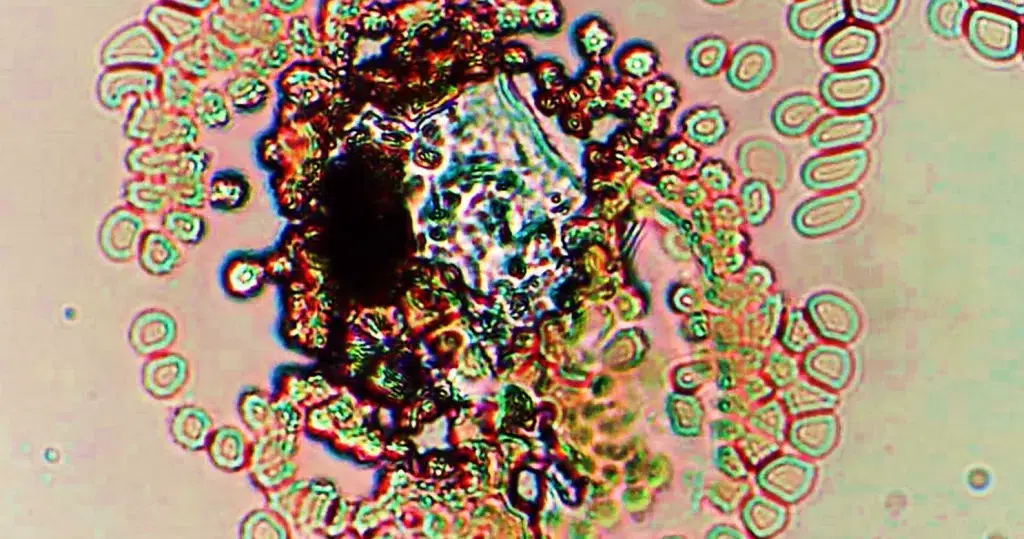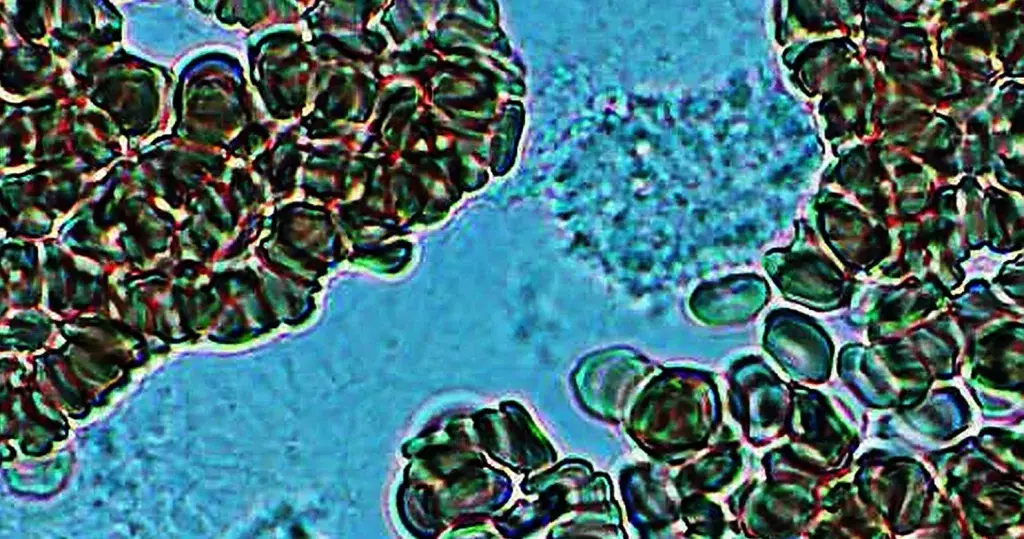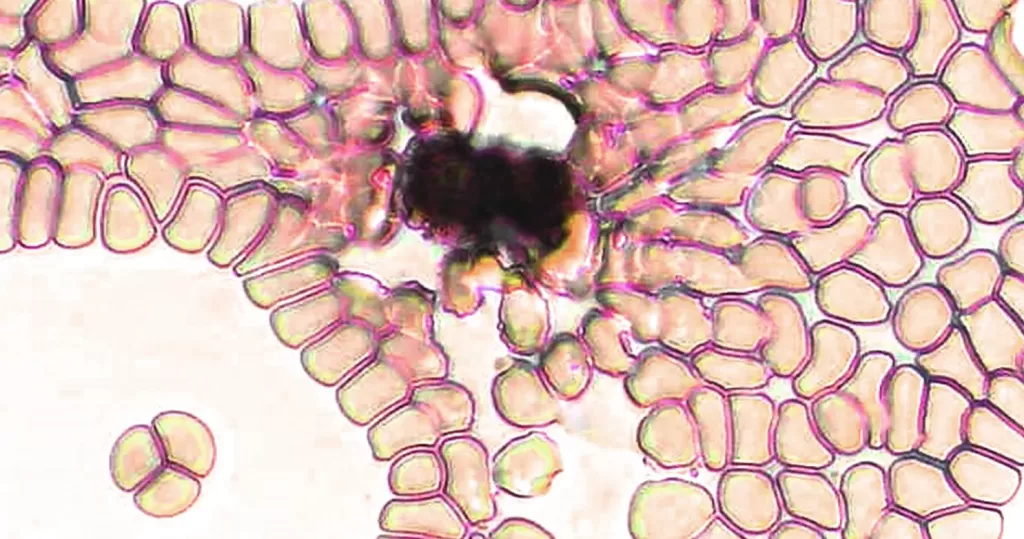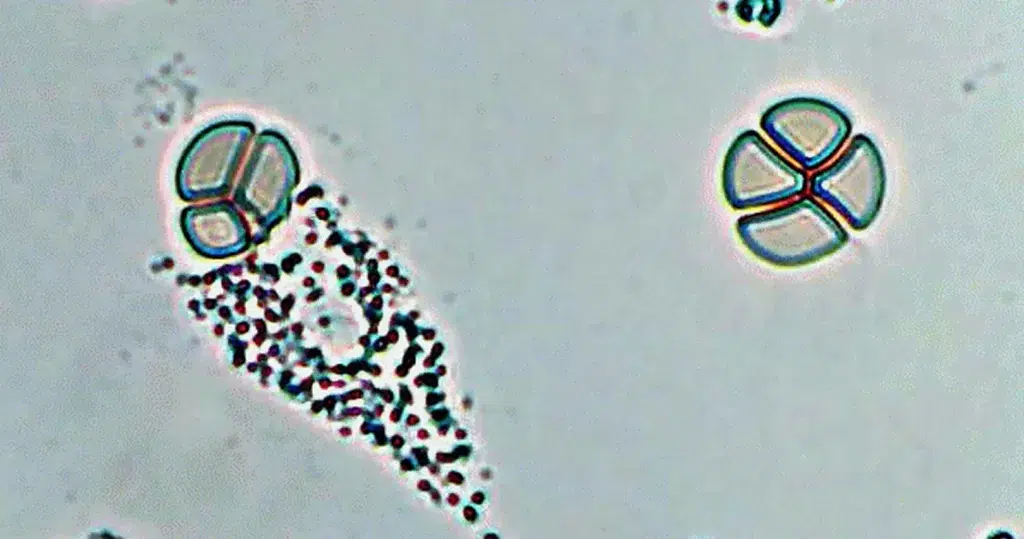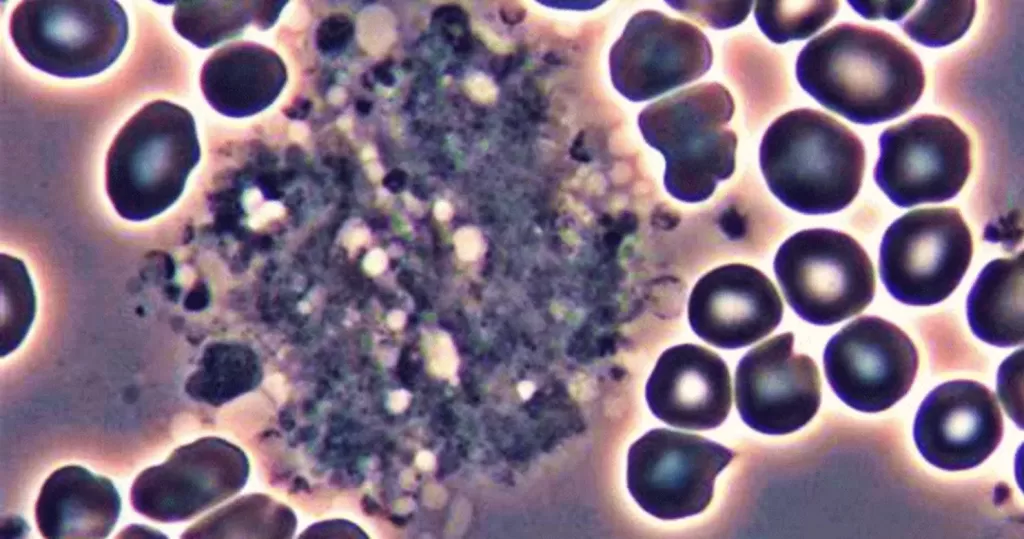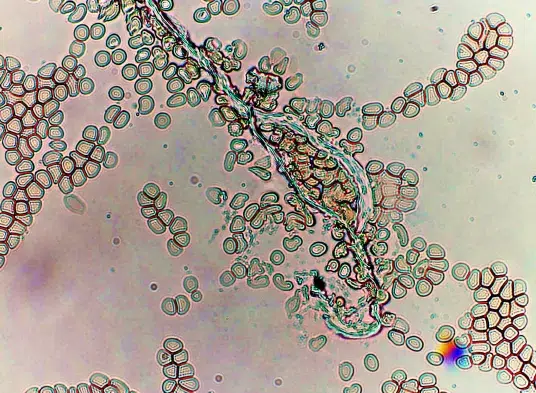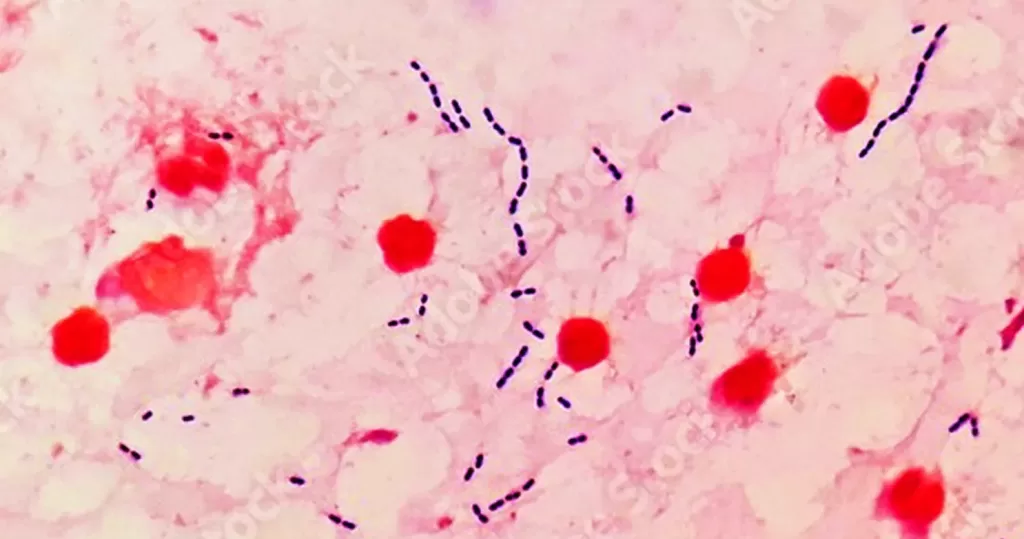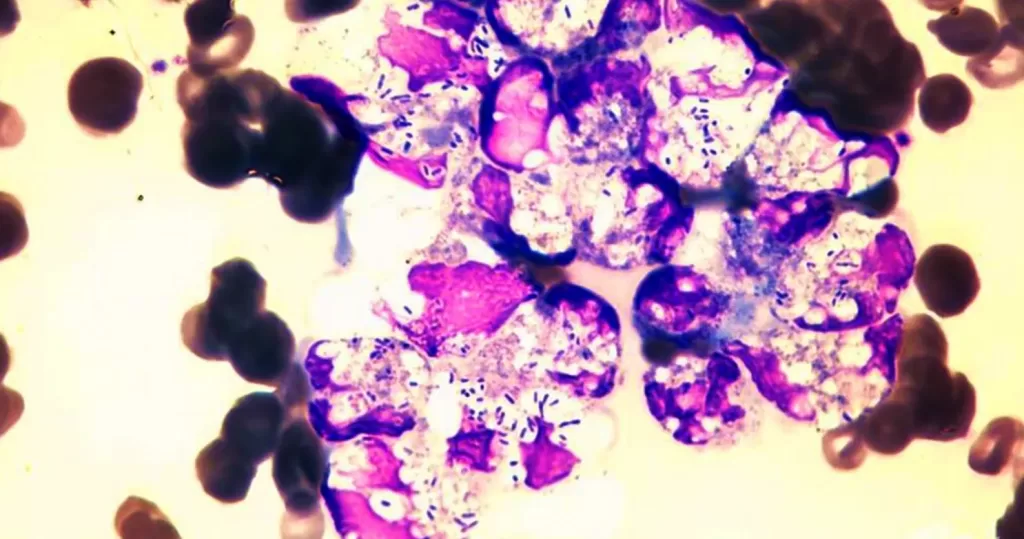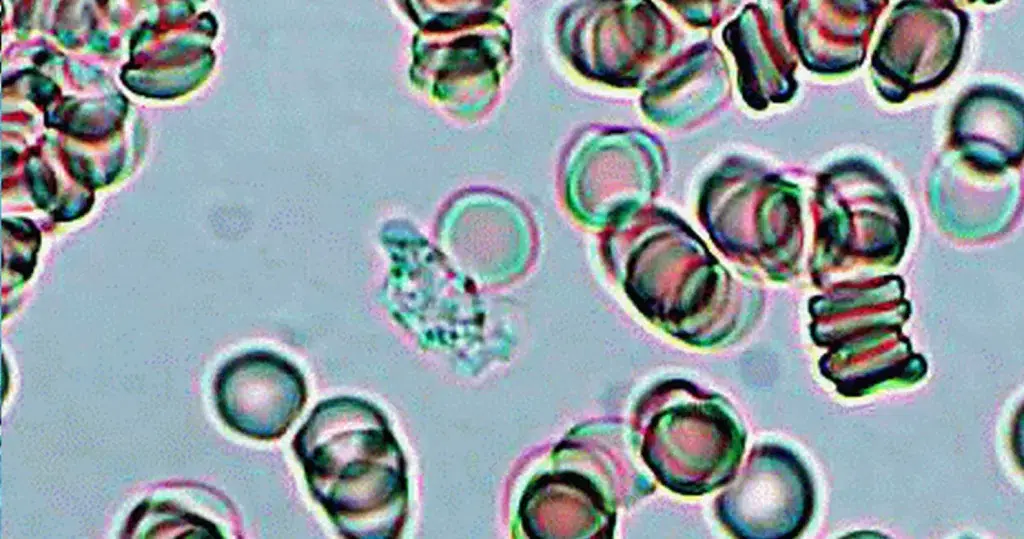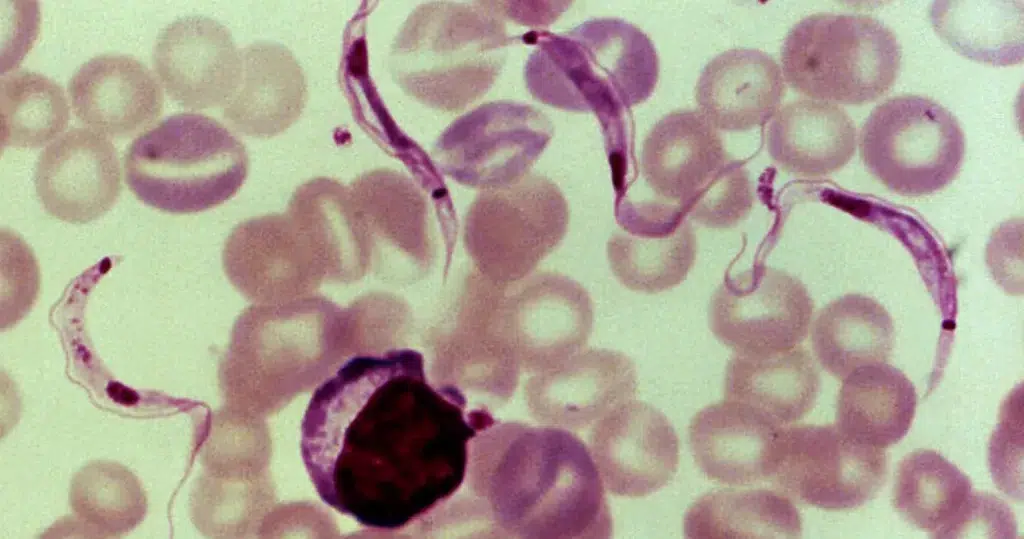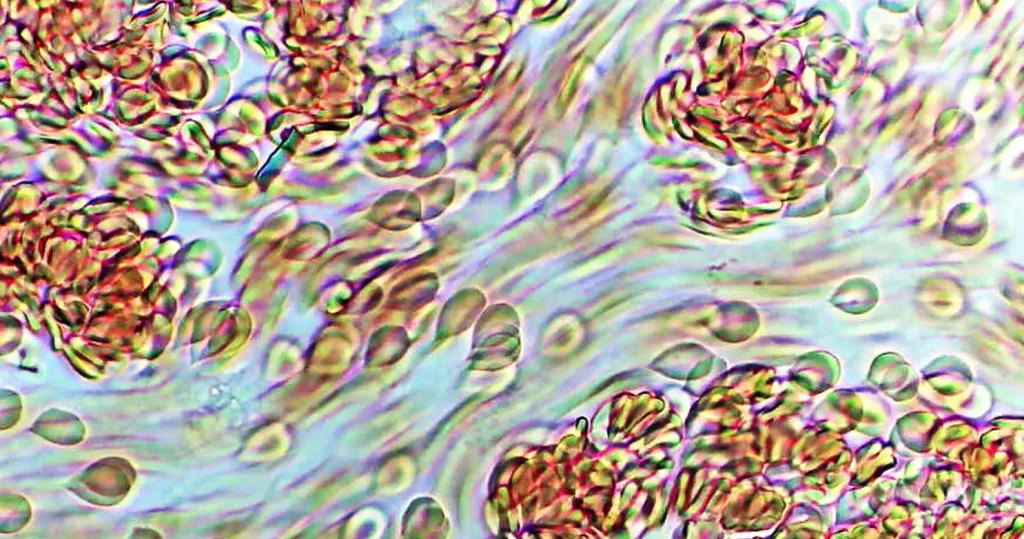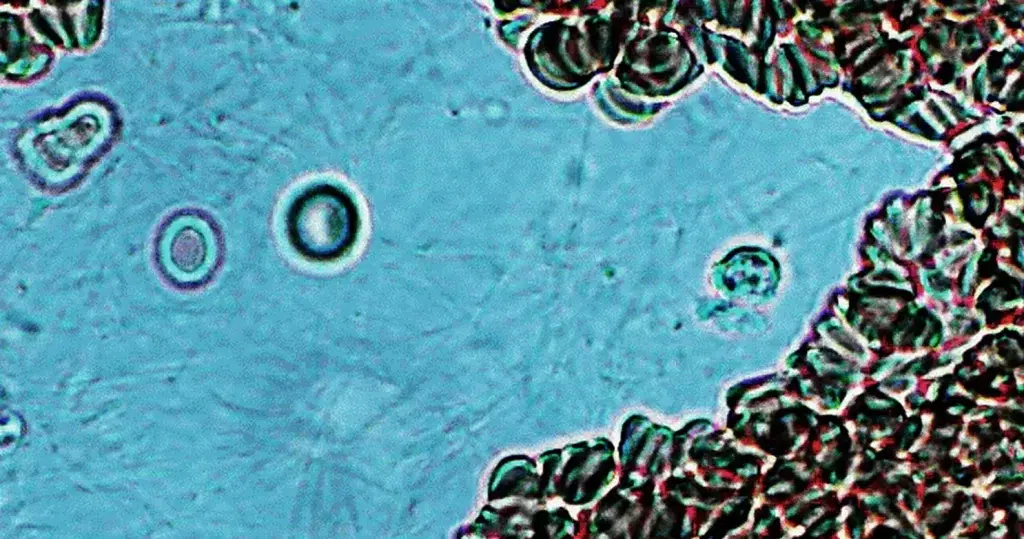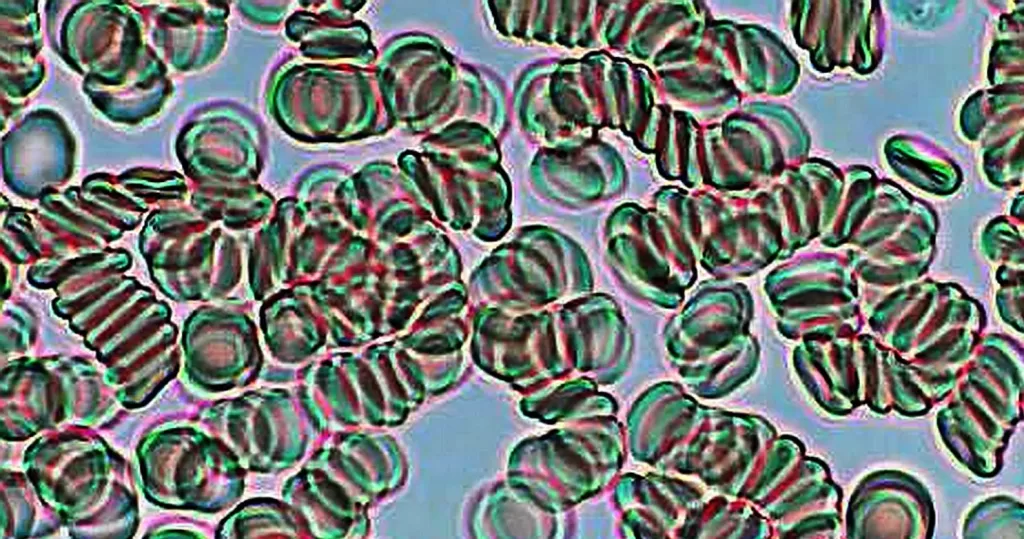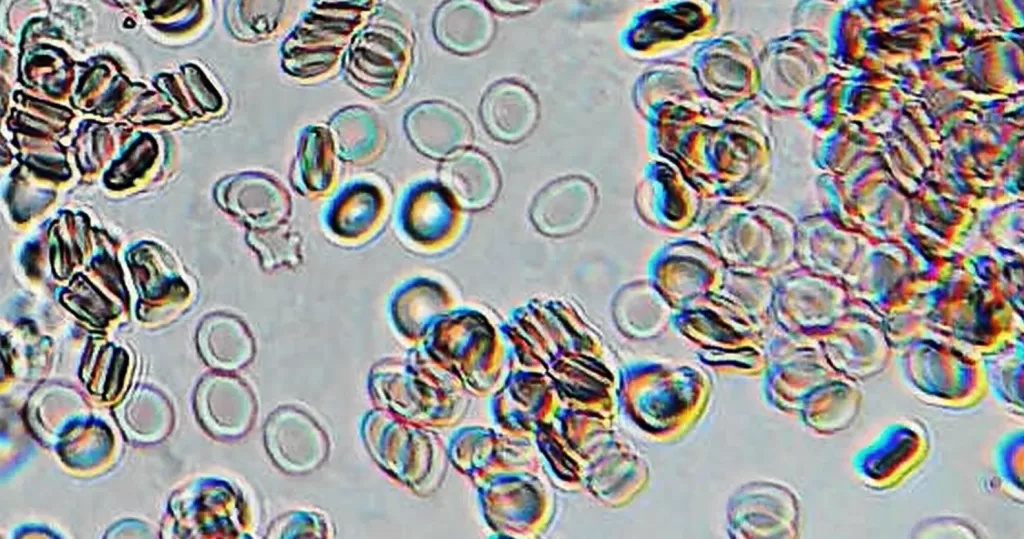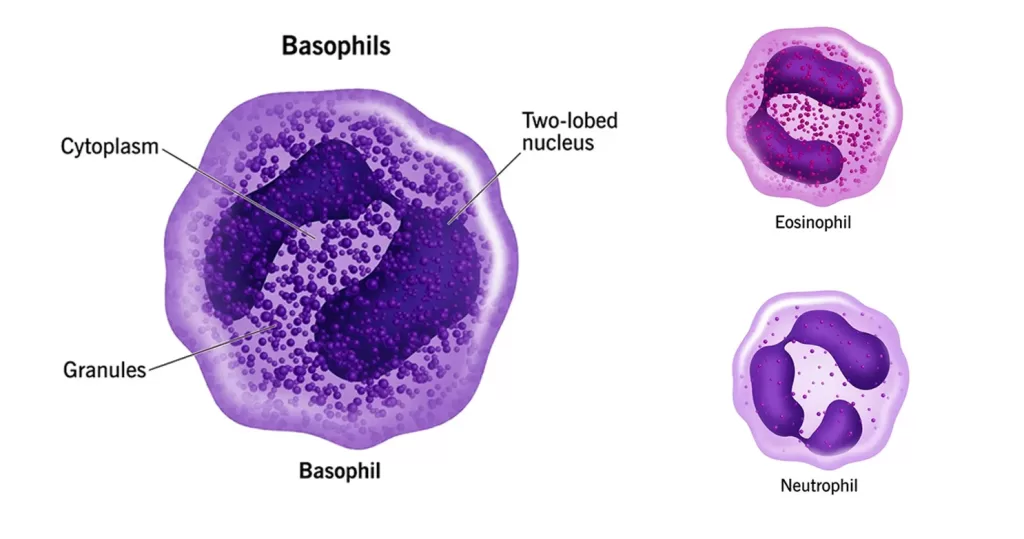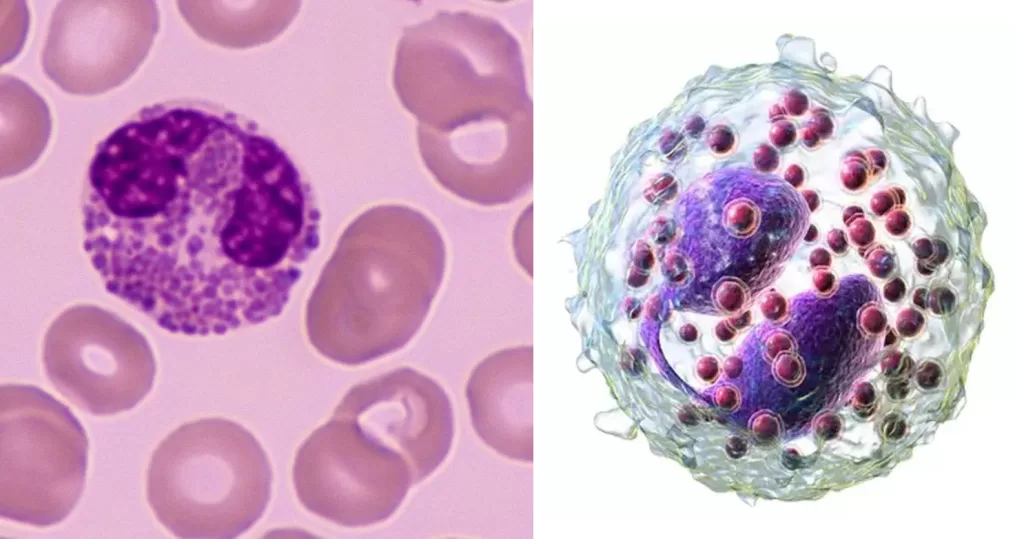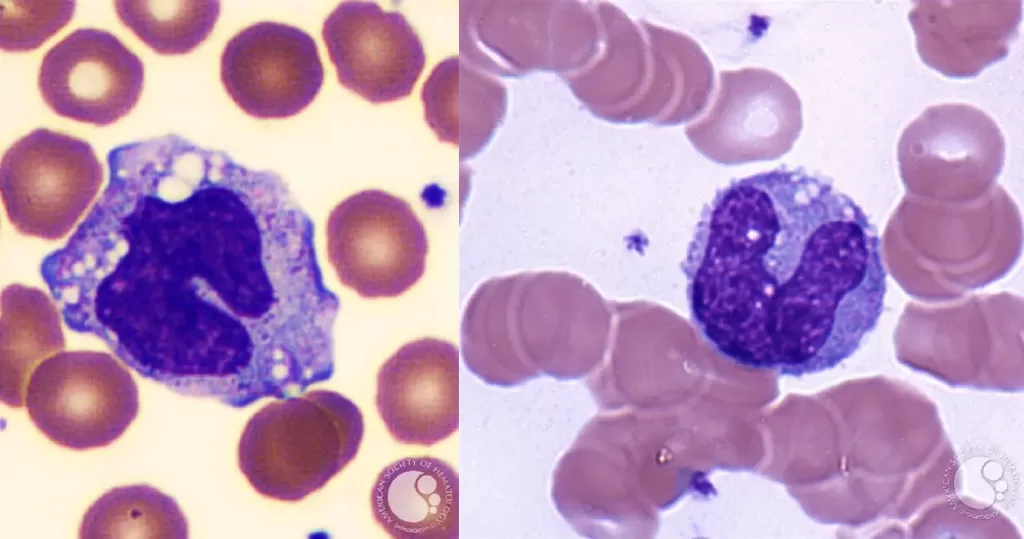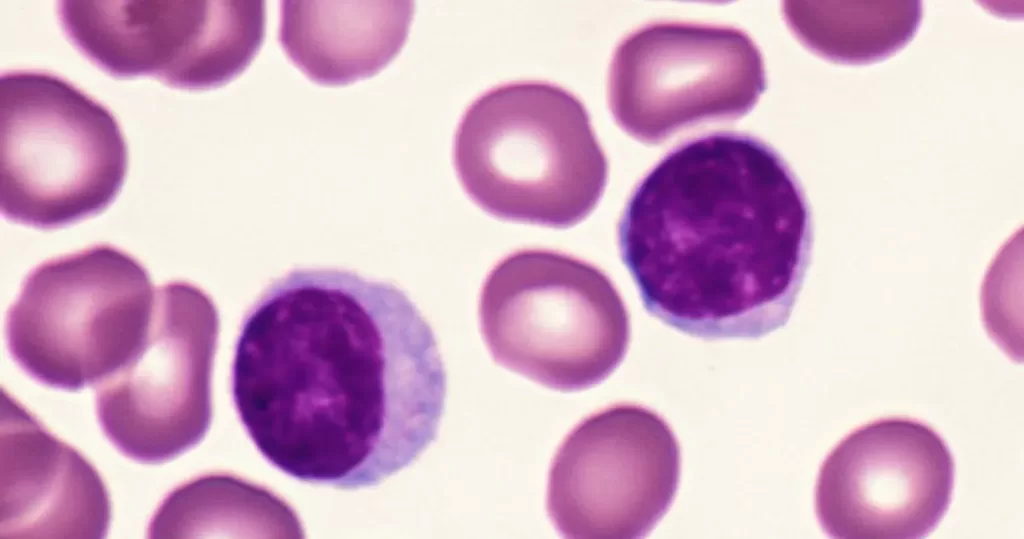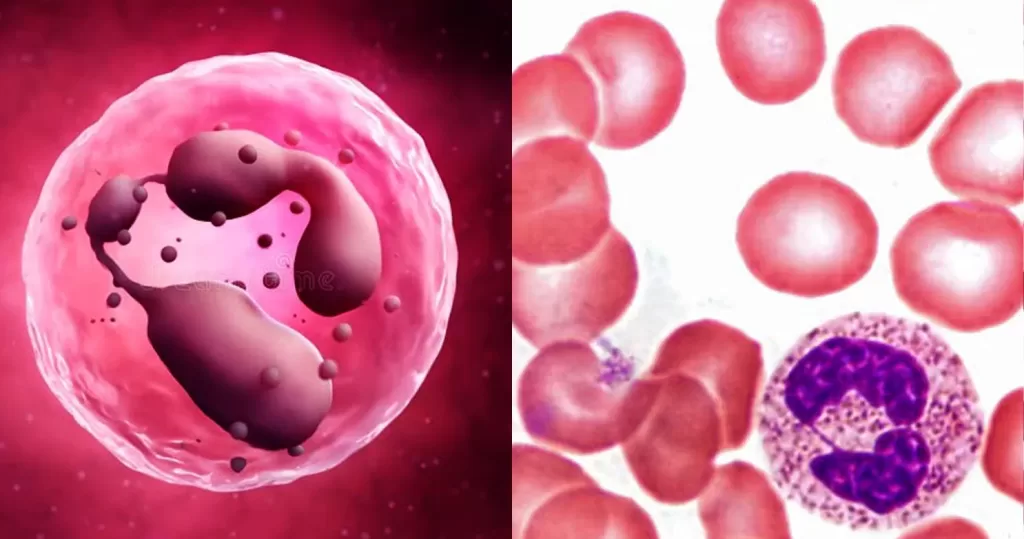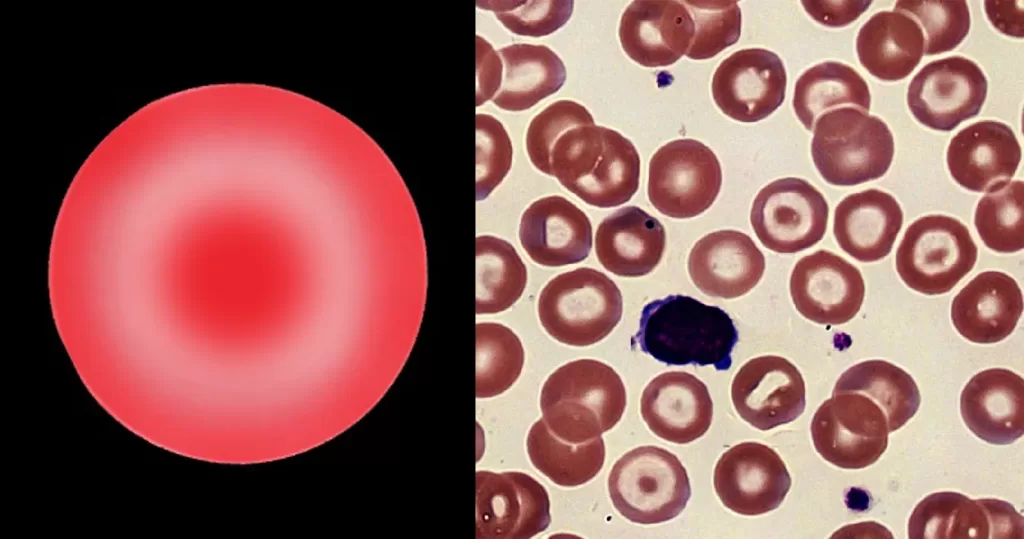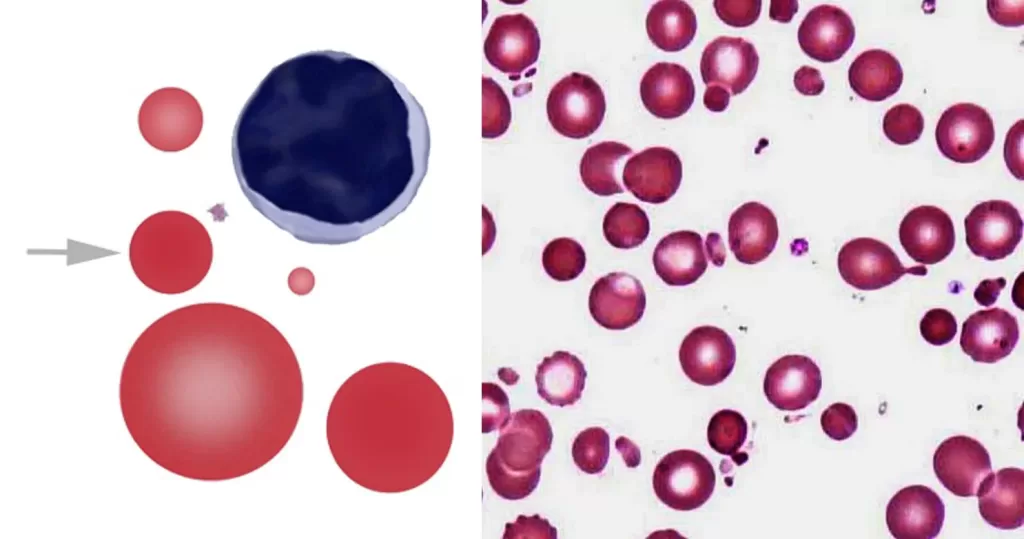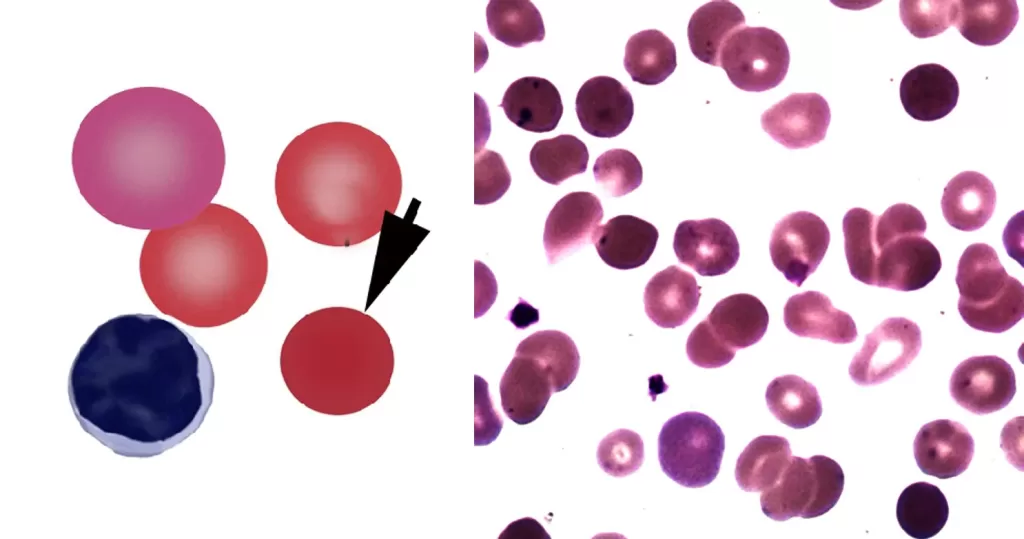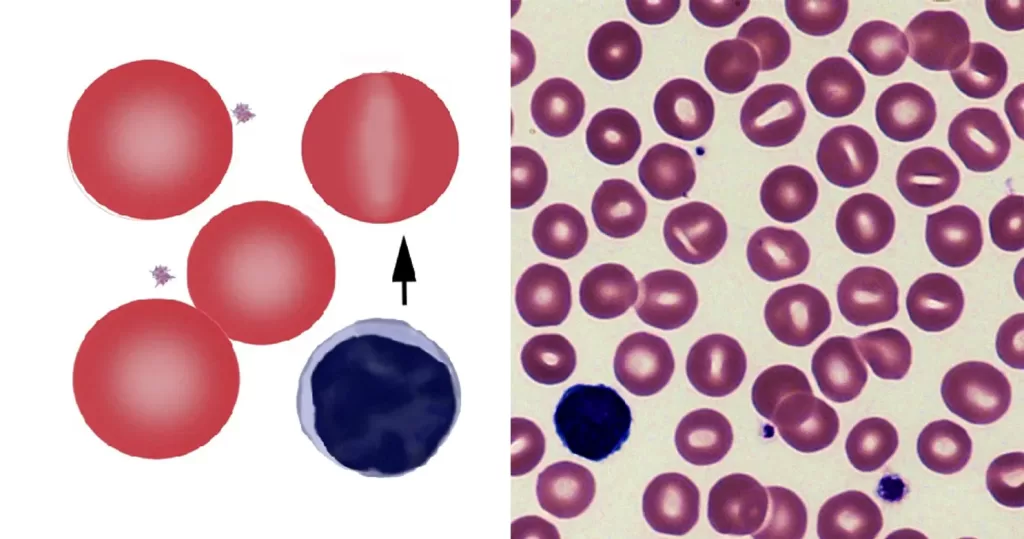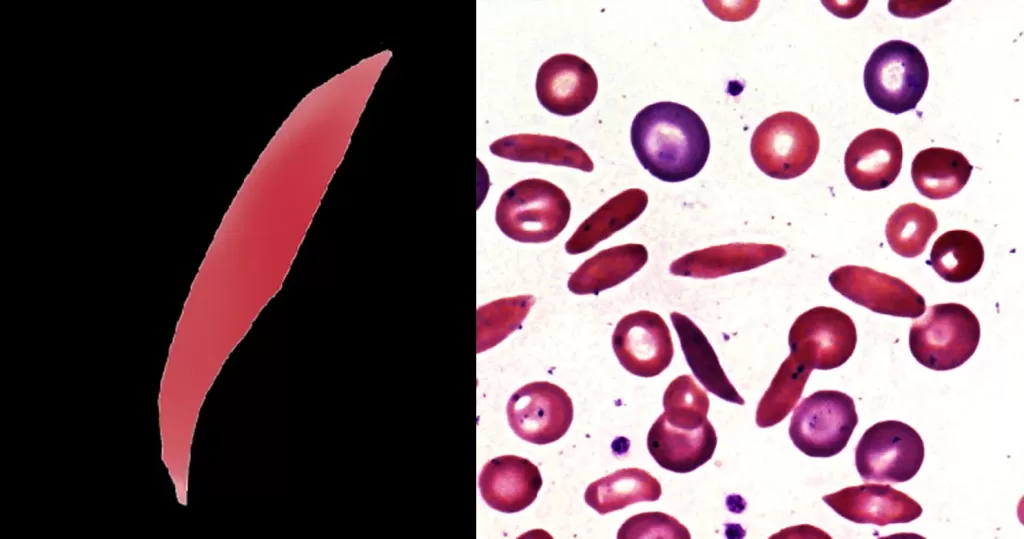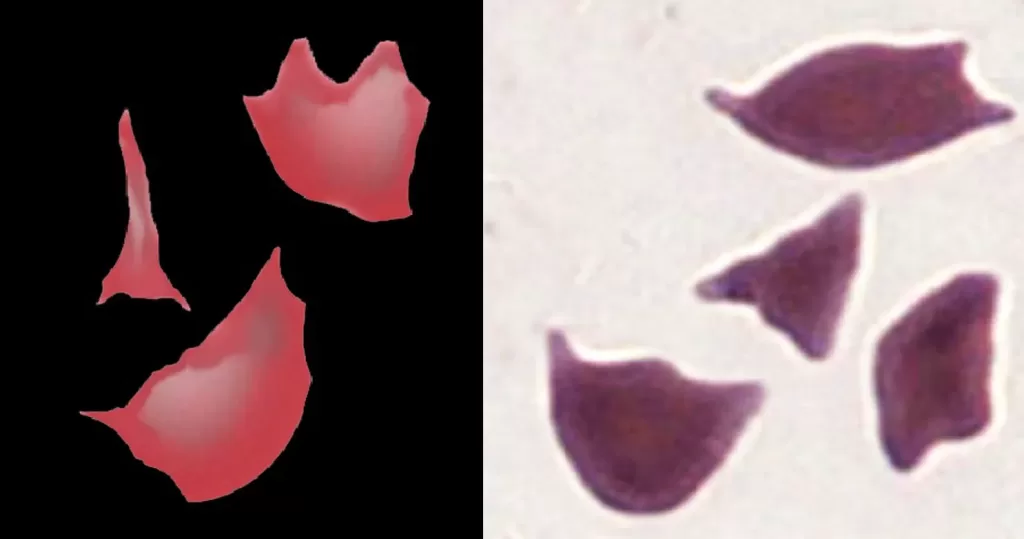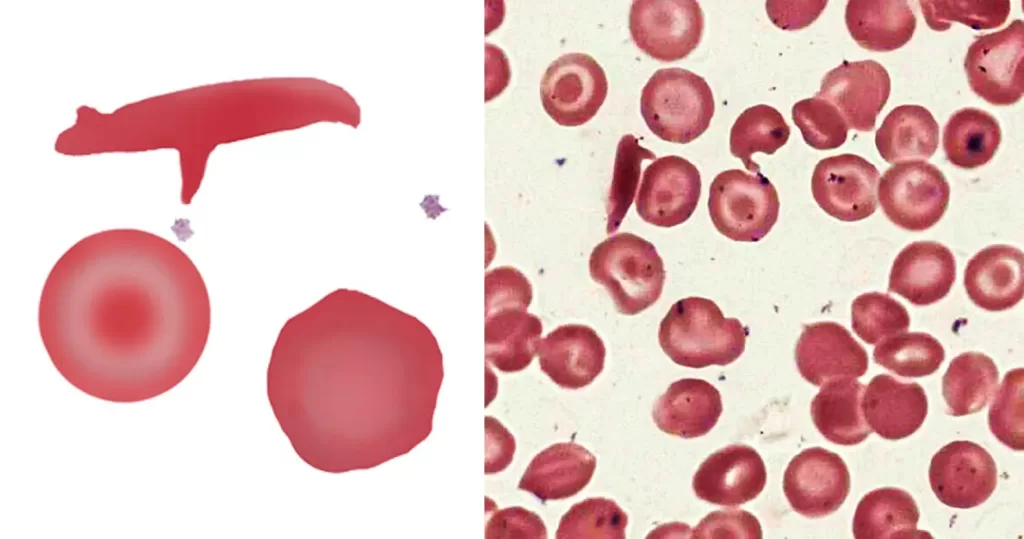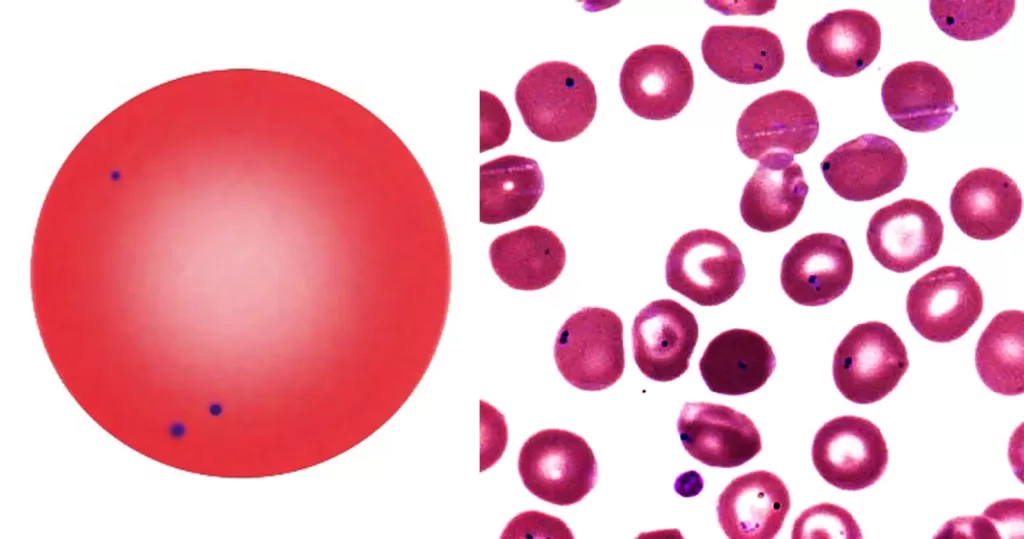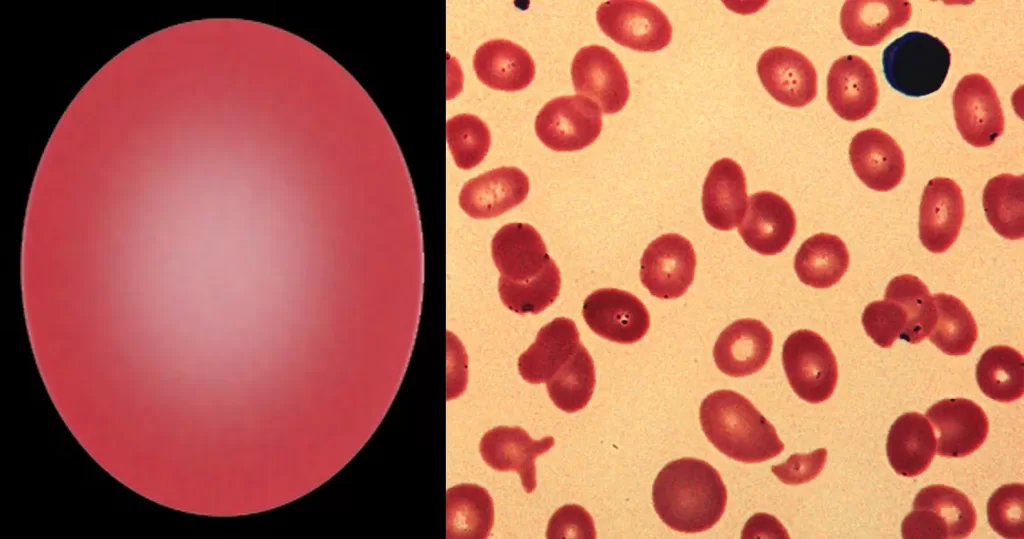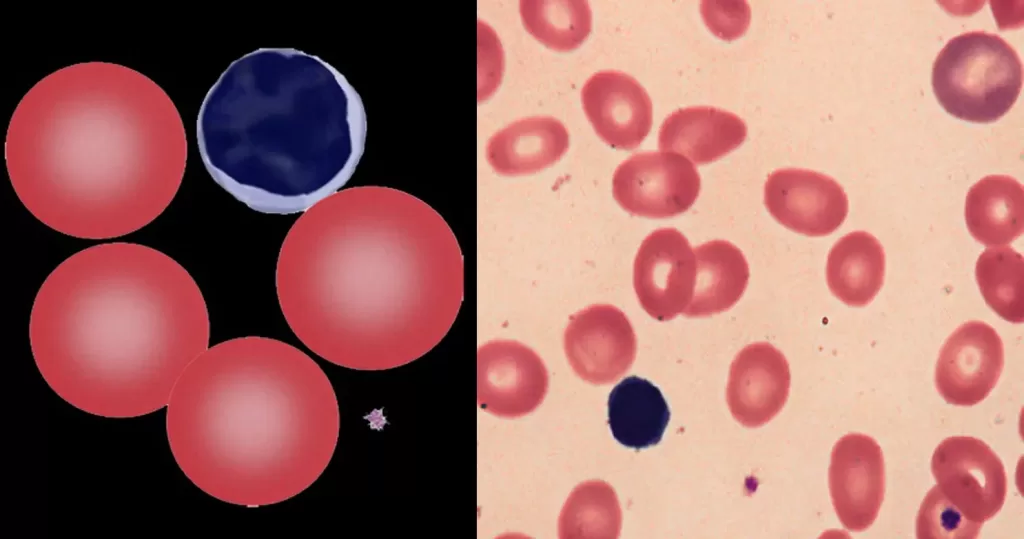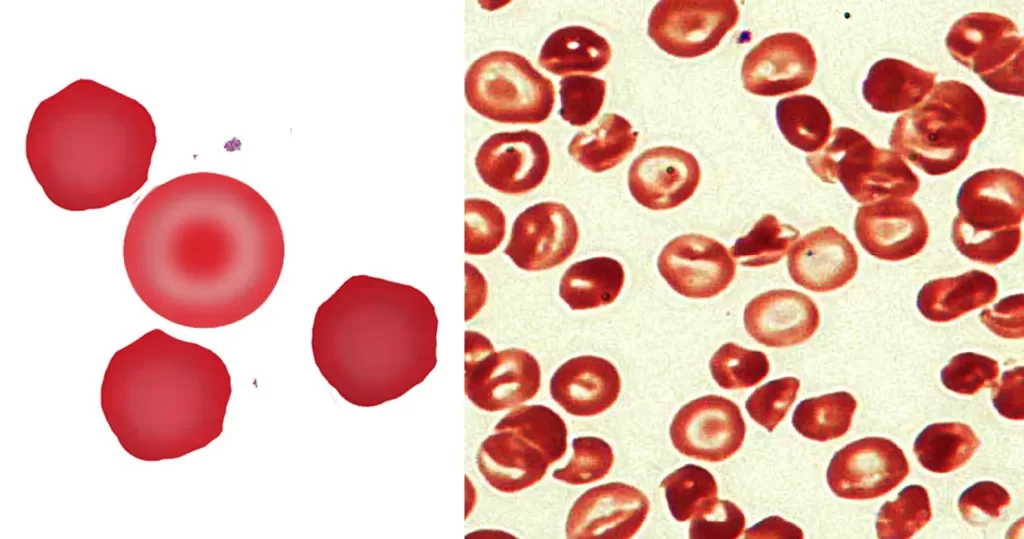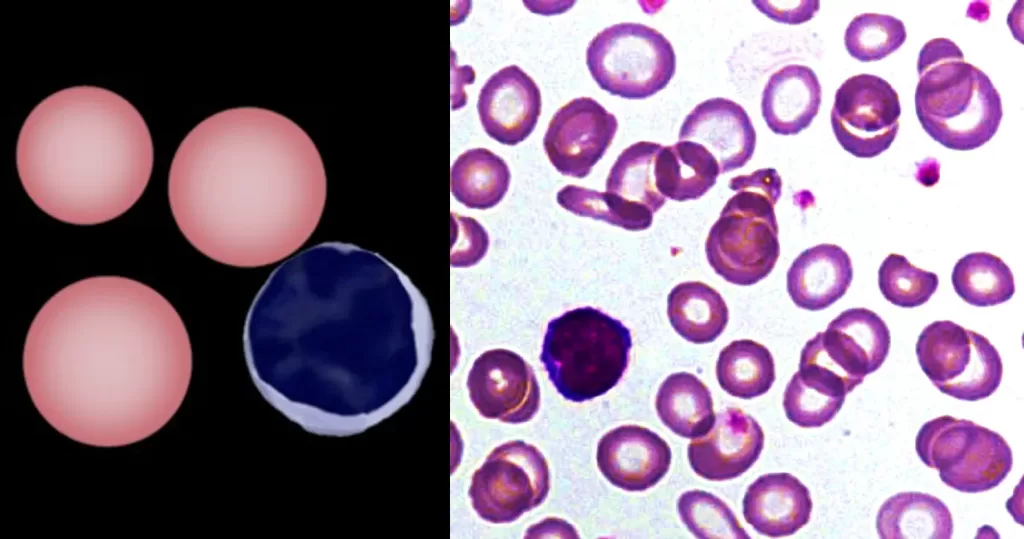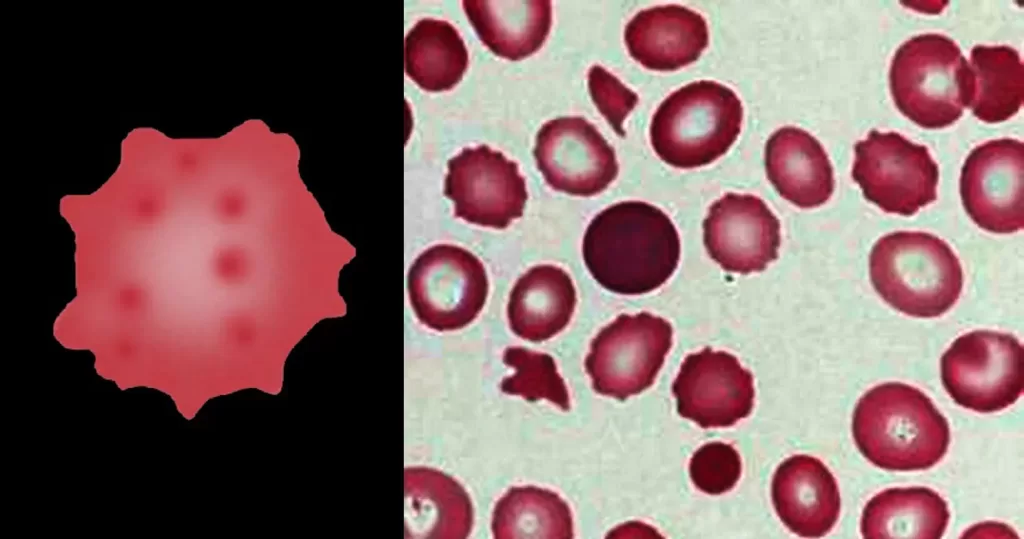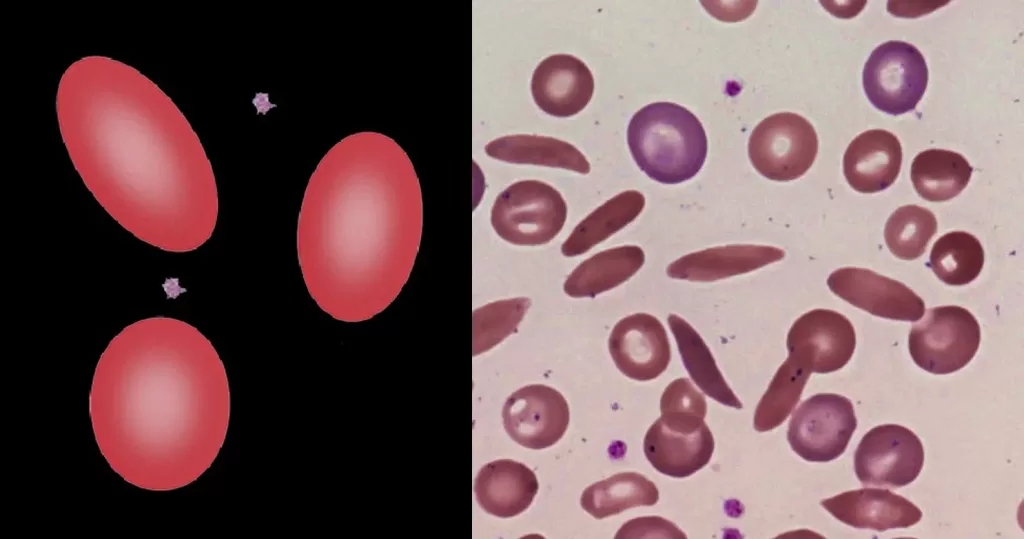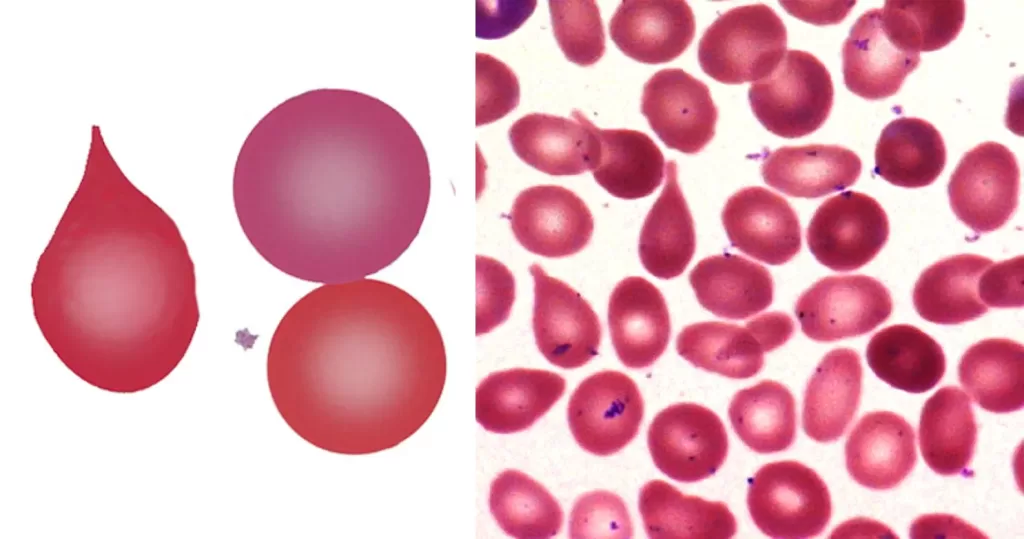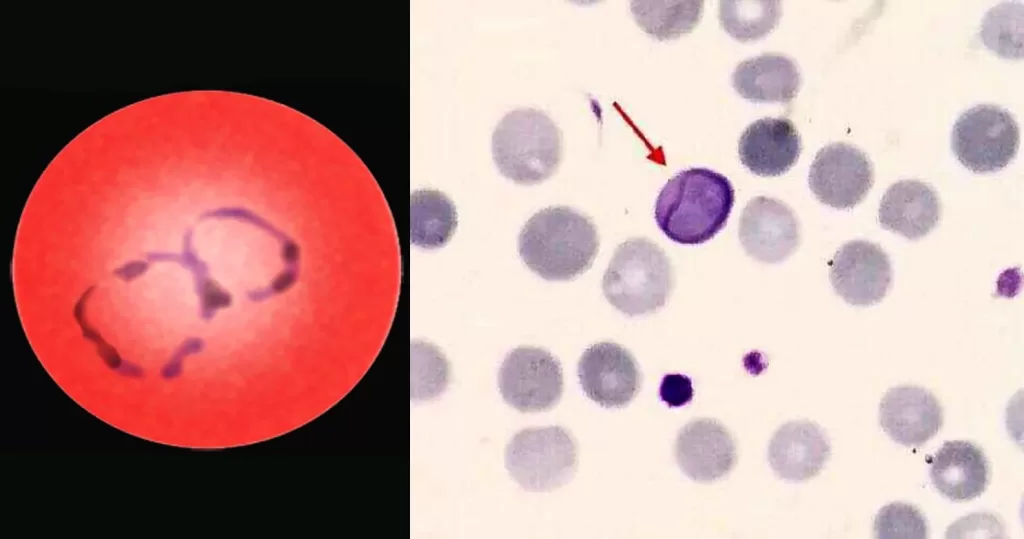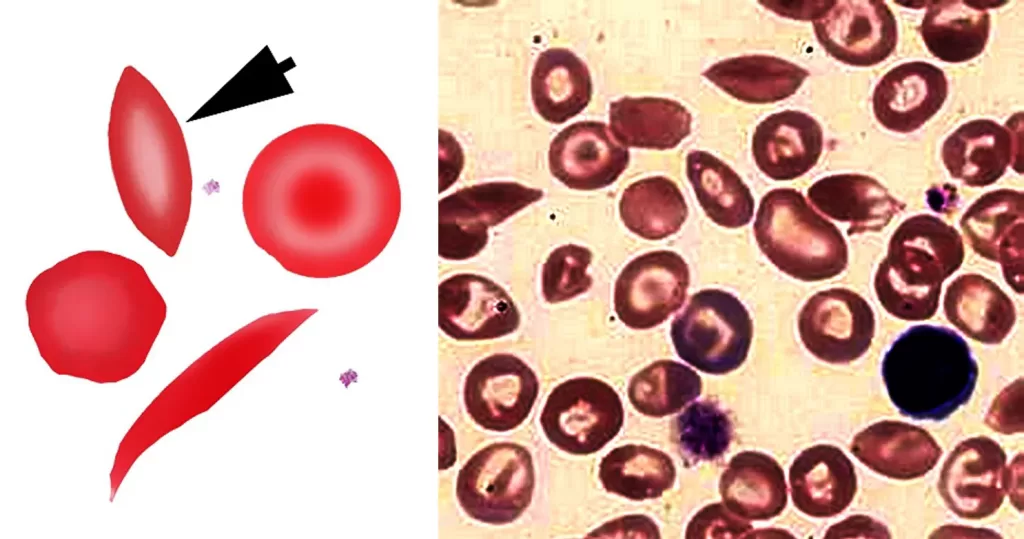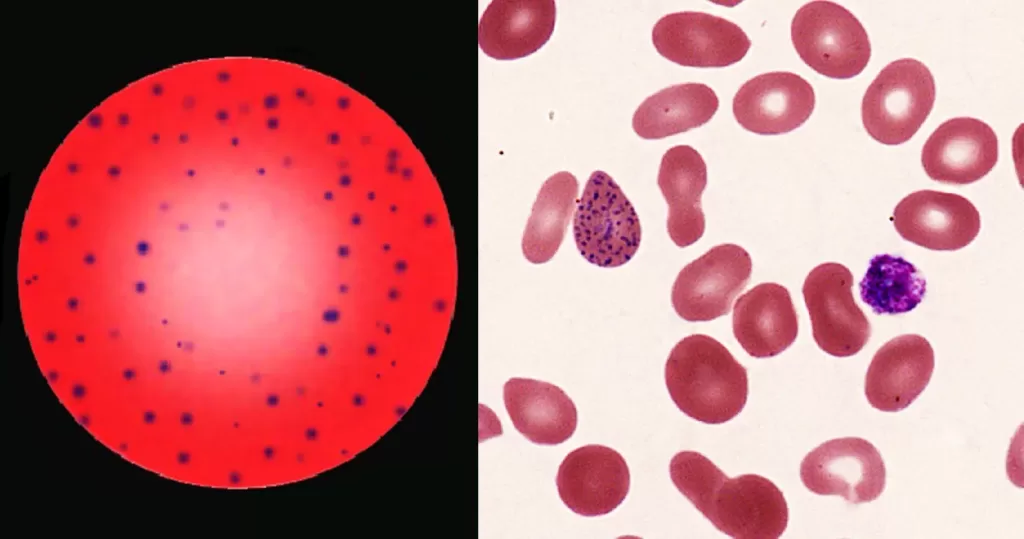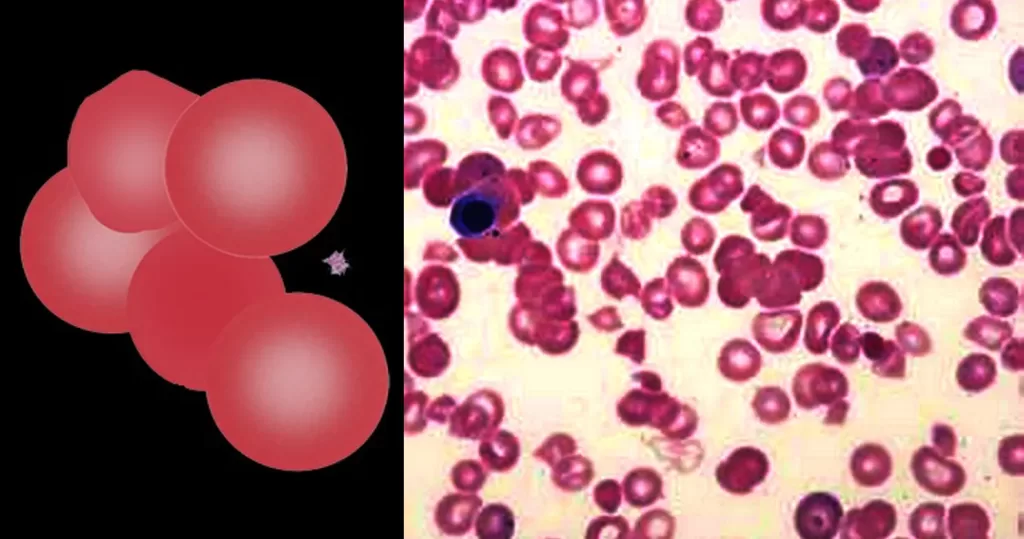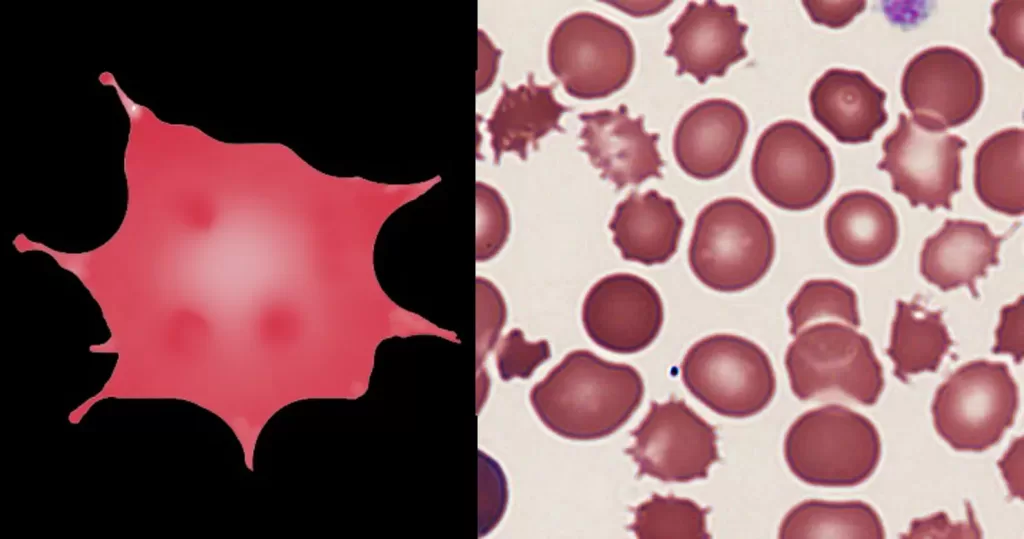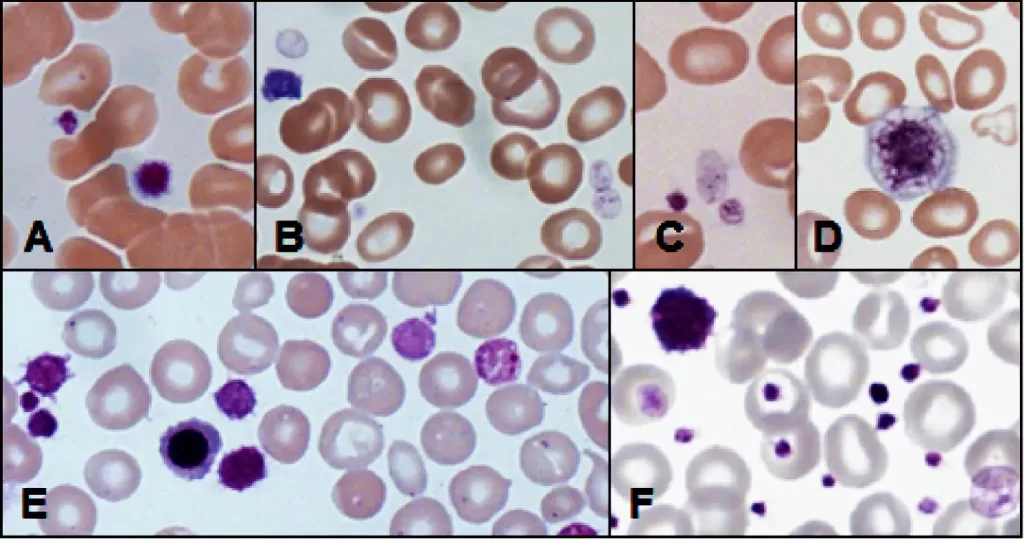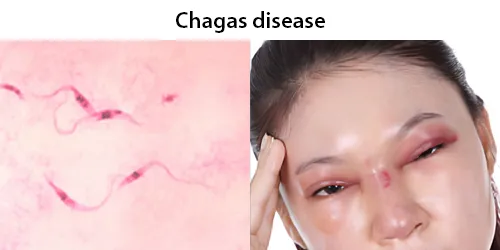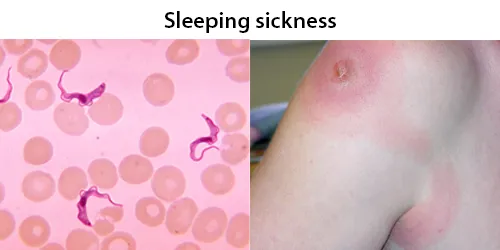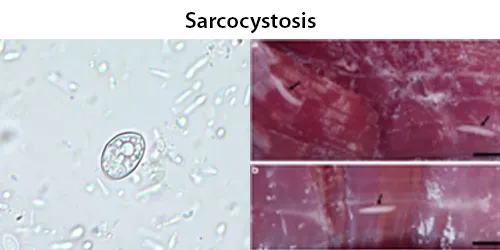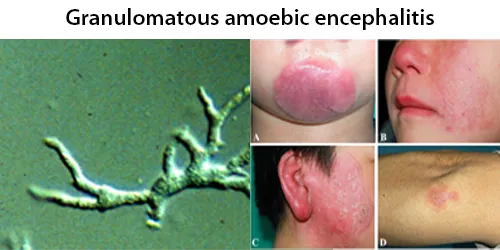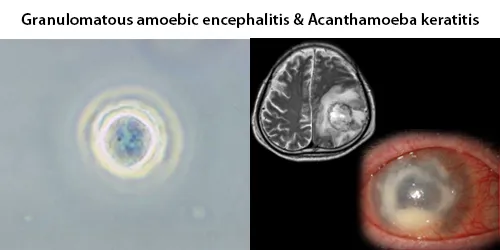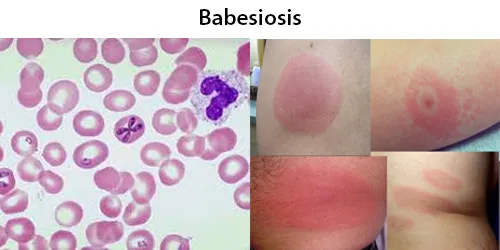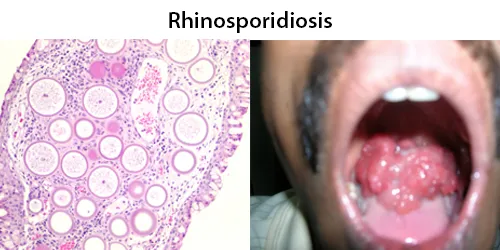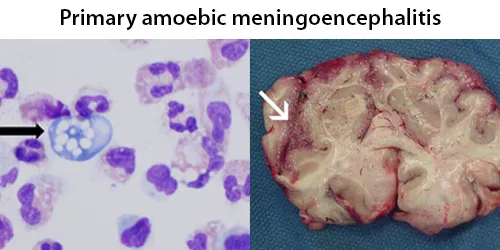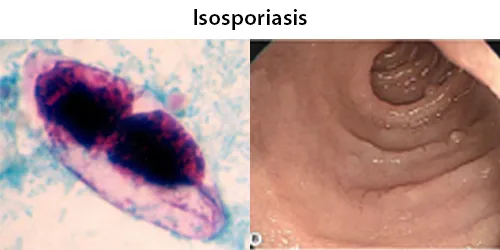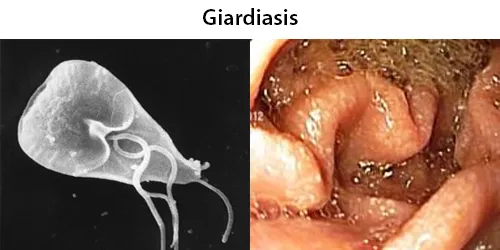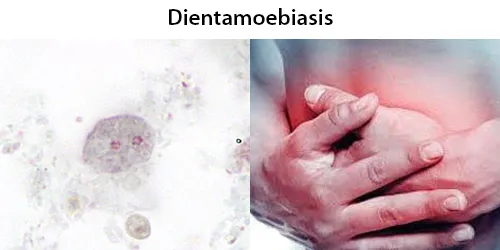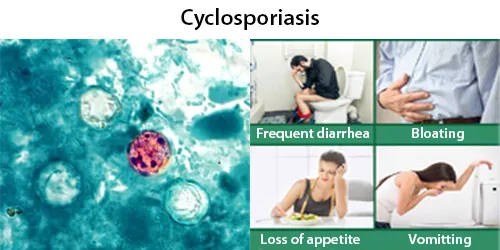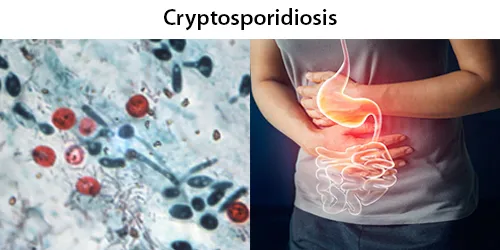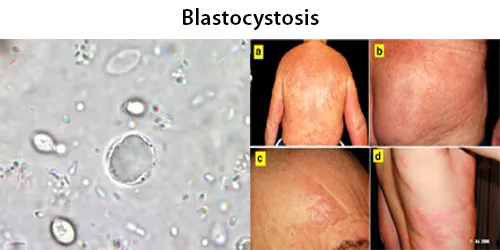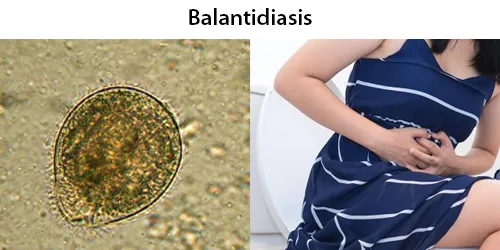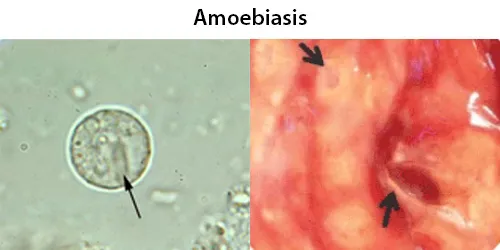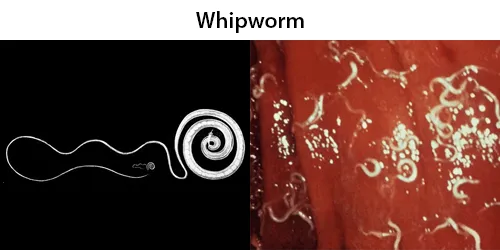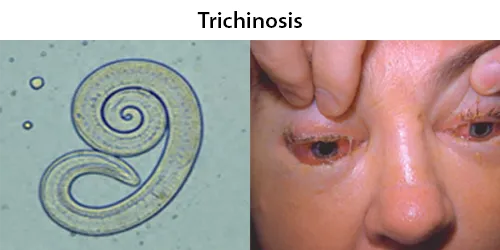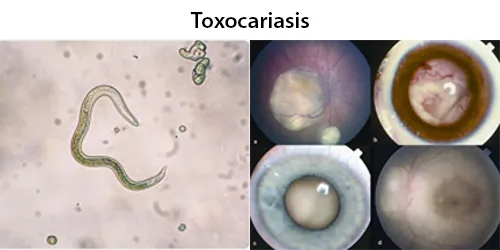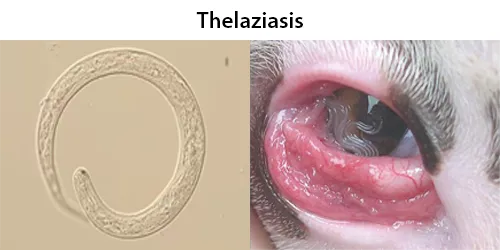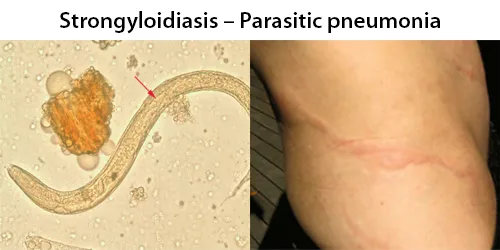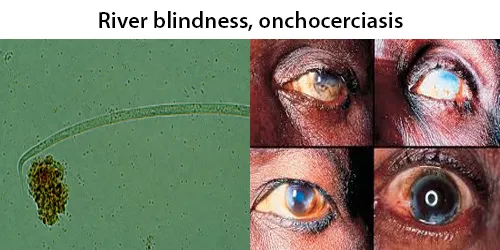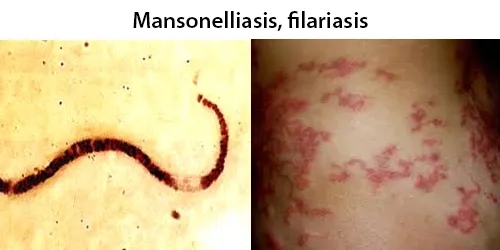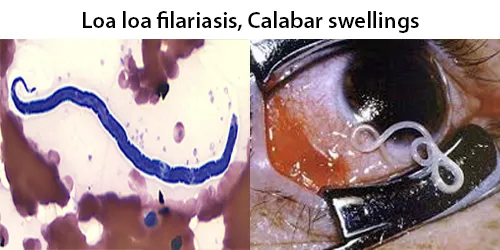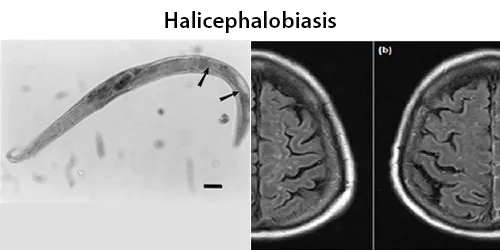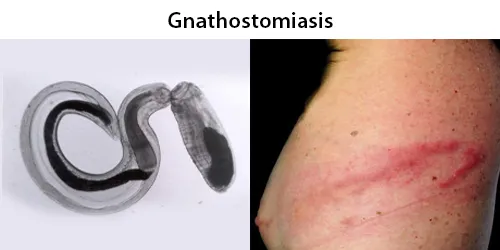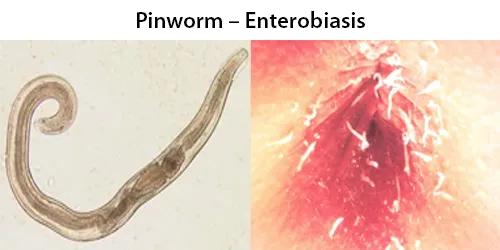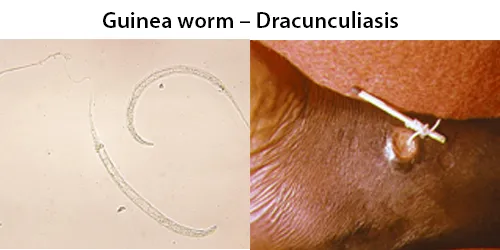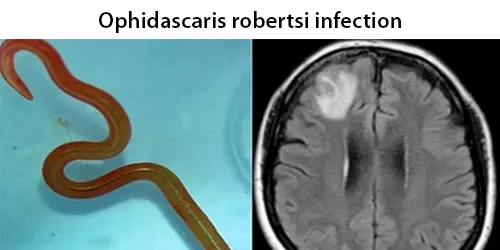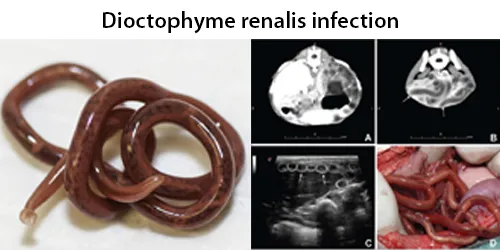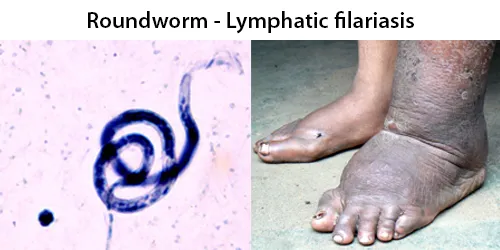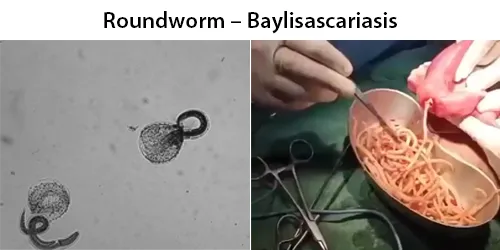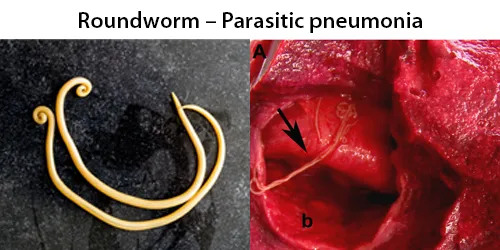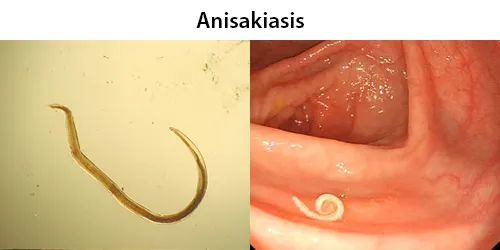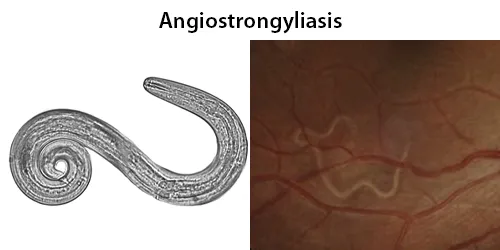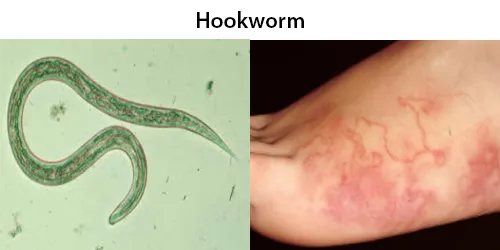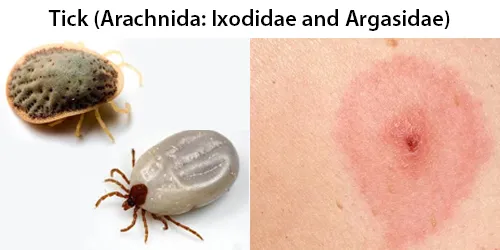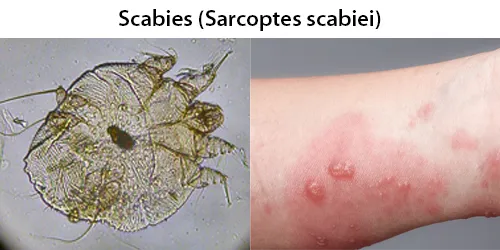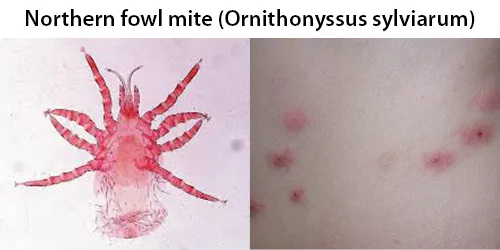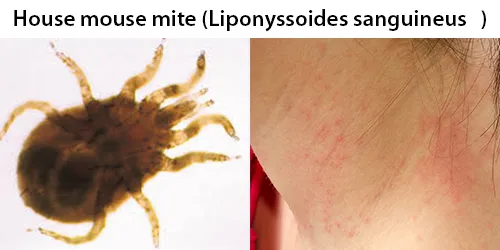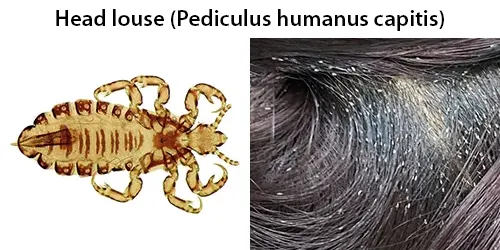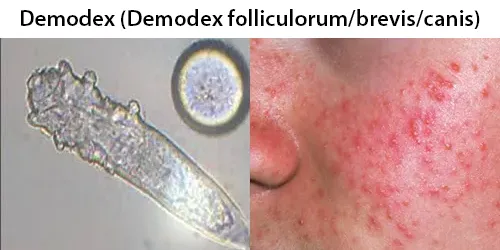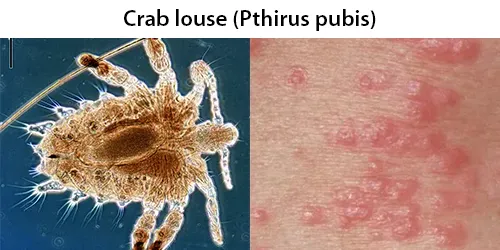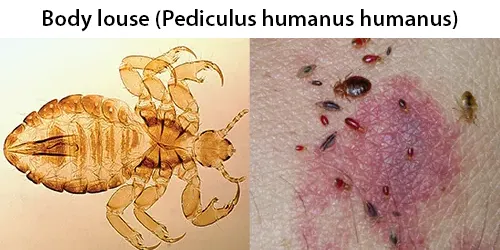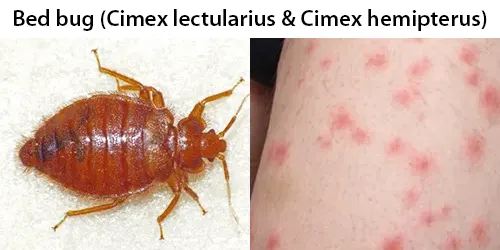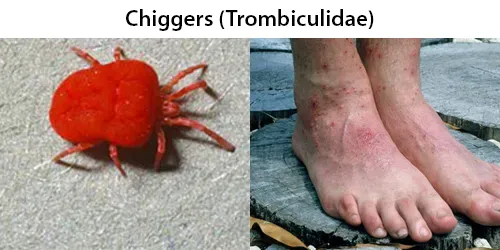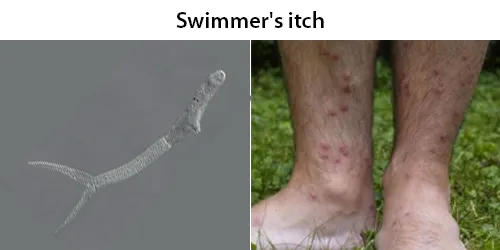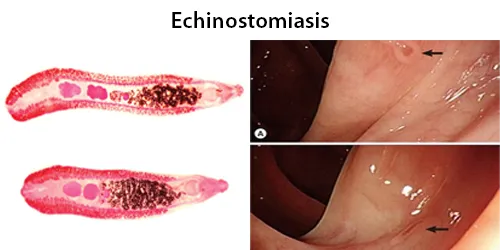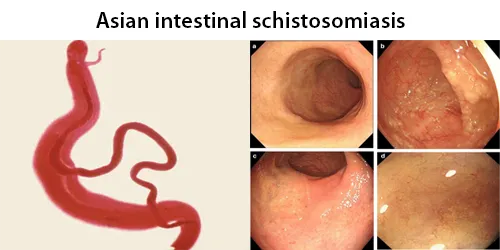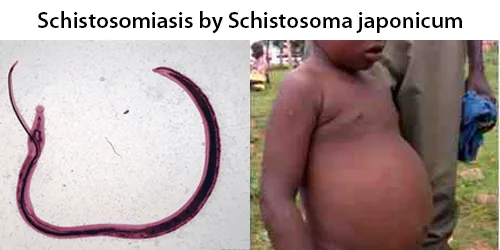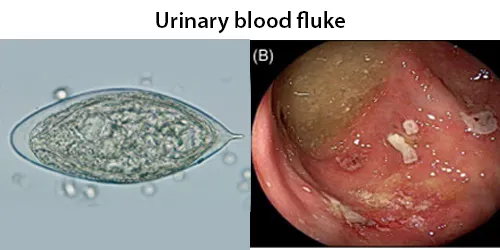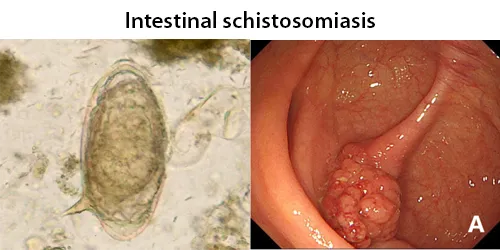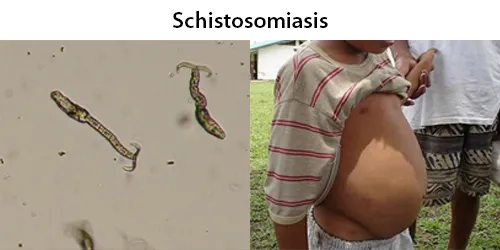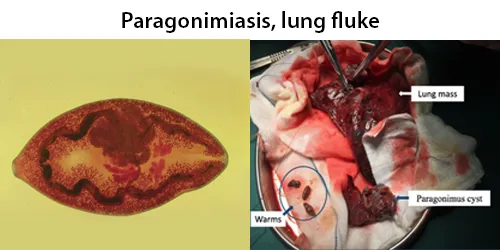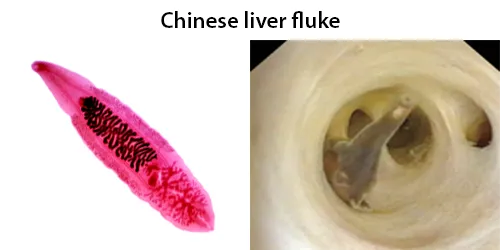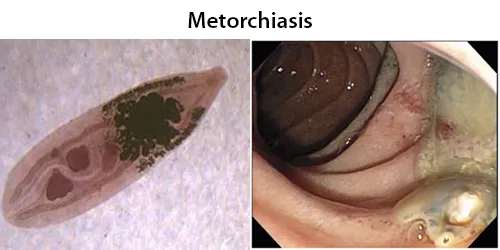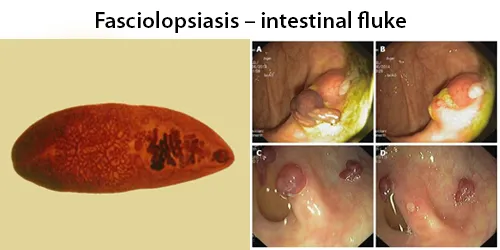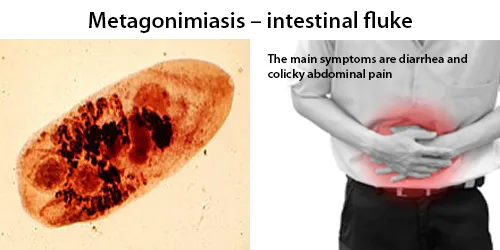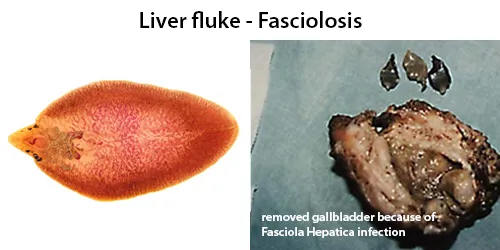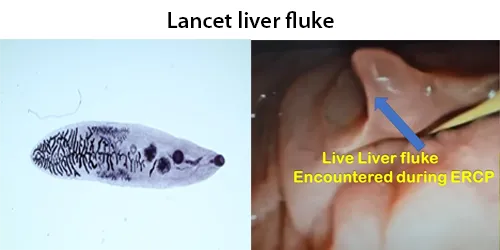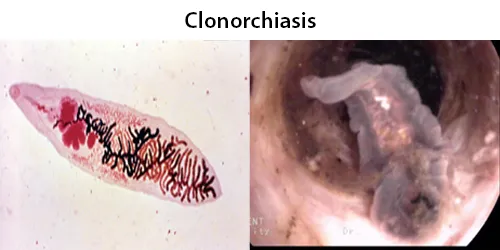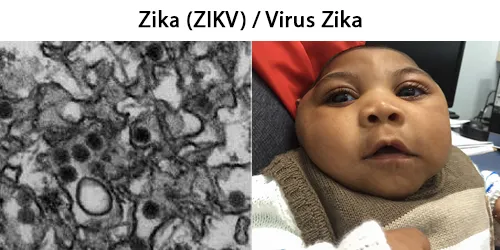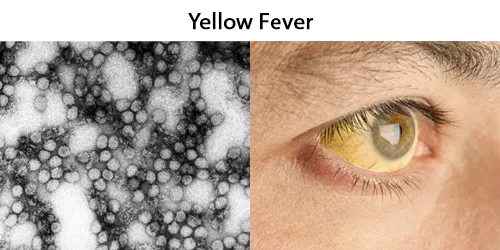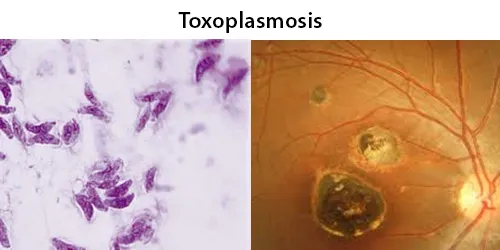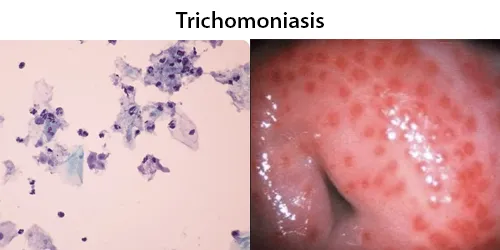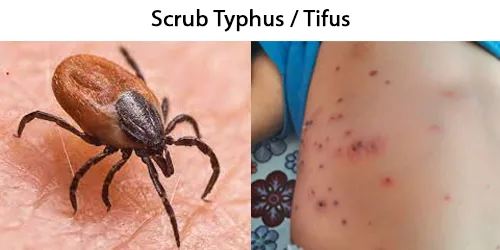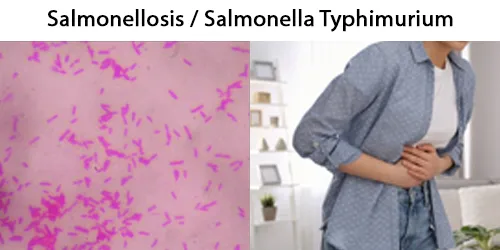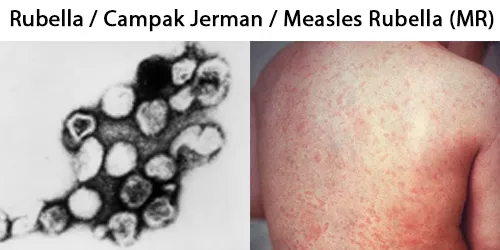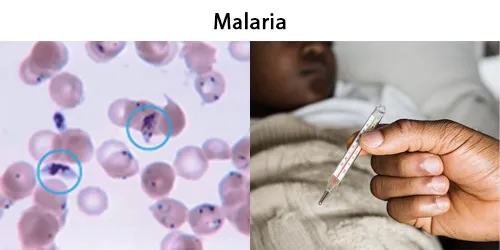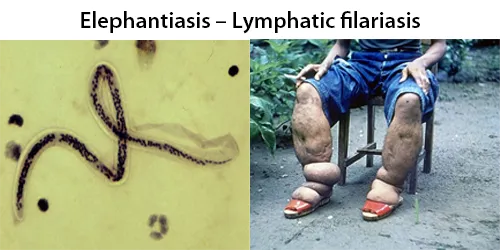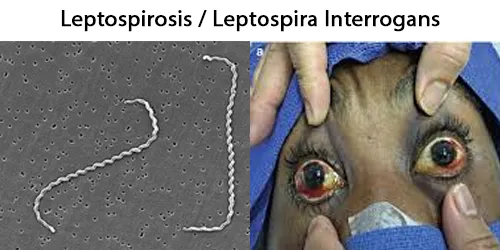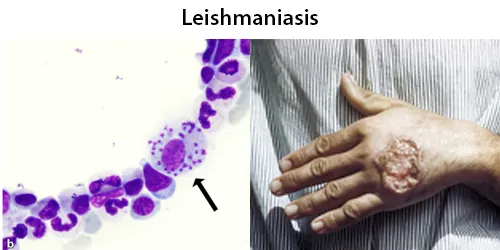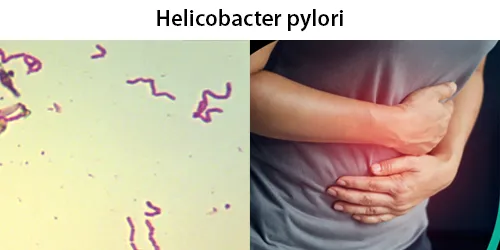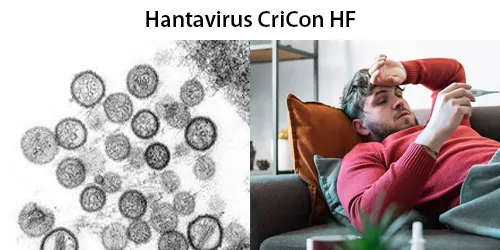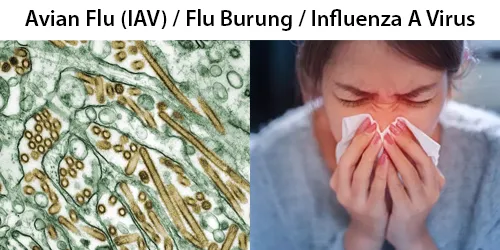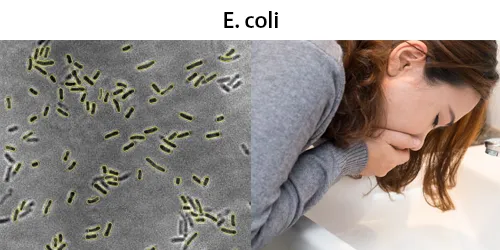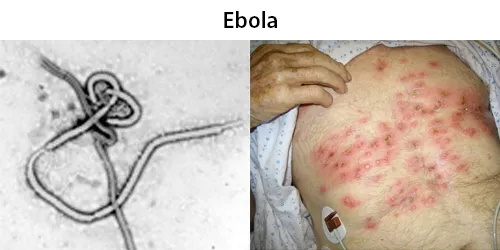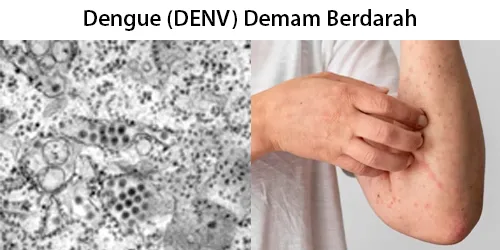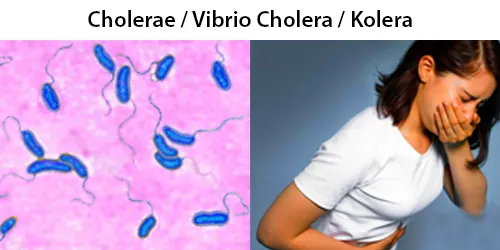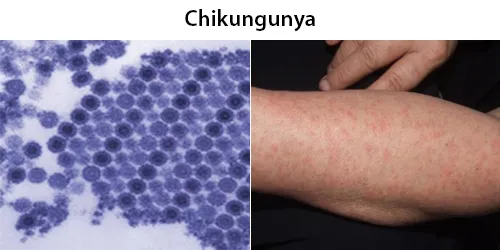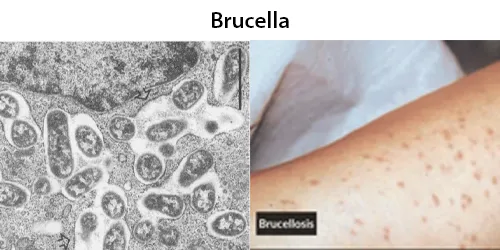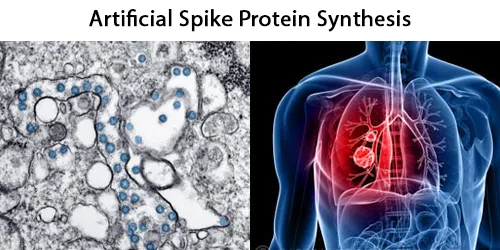Turmeric, Curcumin Naturally Block Cancer Cells
Turmeric and curcumin have been highlighted as powerful anti-cancer substances in the past, but research has now shed even more light on the amazing ability of both turmeric
and curcumin to actually block cancer growth.
This is due to the unique ability of a main component in turmeric that is actually able to block an enzyme that promotes the spread of head and neck cancer.
Researchers at UCLA found that curcumin – the primary component in turmeric also responsible for its color – exhibited these cancer-blocking properties during a study involving 21 participants suffering from head and neck cancers. The subjects were given two chewable curcumin tablets containing 1,000 miligrams of the substance each. After administering the chewable curcumin tablets, an independent lab in Maryland was in charge of evaluating the results.
What the lab found was that the enzymes in the patients’ mouths responsible for promoting cancer spread and growth were inhibited by the curcumin supplementation. As a result, the curcumin intake halted the spread of the malignant cells. Curcumin has previously been found to reduce tumors by 81% in similarly shocking research, which also gives credence to the natural anti-cancer benefits of turmeric and curcumin intake.
While the benefits of turmeric have not been widely publicized in the United States, turmeric is known for its widespread use in many South Asian and Middle Eastern countries.
Utilized as a spice in traditional dishes, many cultures have already fully recognized the powerful health-promoting aspects of turmeric.
Perhaps the best part about turmeric is the fact that it is very cheap compared to highly ineffective cancer drugs that have actually been shown to worsen tumors conditions and kill patients.
As more health professionals begin to realize the attributes of turmeric and curcumin, it is very possible that it could become as popular and widespread – if not more so – than super-nutrient vitamin D.
***********************************
Turmeric Extract (Curcumin)
from: http://www.turmericextract.com
Turmeric Extract is a bright yellow/orange polyphenol having the form of a dry powder that is oil-soluble. The concentrate has neither flavor nor aroma. It colors food readily if there is oil present. The medicinal properties and health benefits of turmeric extract are attributed partly to its strong anti-oxidant and anti-inflammatory characteristics.
Turmeric extract is derived from the root of the turmeric plant first by drying and then by separation using a solvent. There are 18 times more curcuminoids in the concentrate than in the natural spice which is simply a powdered form of the dried root. The concentrate is also known as Curcumin.
Turmeric extract has attracted the attention of researchers in the fields of Alzheimer’s Disease, Memory Deficits, Arthritis, Cancer, including Breast Cancer and Diabetes.
Research Papers on Turmeric Extract.
Scientific Data on Turmeric Extract:
* Synonyms:
o 1,7-Bis(4-hydroxy-3-methoxyphenyl)-1,6-heptadiene-3,5-dione
o Curcumin
o Food Color E100
o diferuloylmethane
o A common mis-spelling of Turmeric is “Tumeric”
o Other Languages: Haldi (North India); Manjal (South India); Kunyit (Indonesia); Al-kurkum (الكركم, Arabic); Jiang Huang (姜黄, Chinese); Curcuma (French, Spanish, Portuguese, Italian and Romanian).
curcumin molecule
molecular structure of curcumin
* Chemical Formula: C21H20O6; Molecular Weight: 368.38
* Metabolites: Curcumin-sulphate, Curcumin-glucuronide. Catabolites: Vanillic acid, Ferulic acid.
* Three Molecular Forms: curcumin, demethoxycurcumin and bisdemethoxycurcumin.
* Molecular structure: it is a dimer of vanillin (two molecules of vanillin joined together).
The Plant:
The turmeric plant has the botanical name of “Curcuma Longa Linn.”, and is a member of the Zingiberaceae or ginger family. Its source is India but it is now cultivated in China and elsewhere. It grows to 1 metre in height and has long oblong leaves. Beneath the foliage, in the ground, are the rhizomes from which the food coloring is derived. turmeric extract plant turmeric plant
Benefits of Turmeric Extract:
* anti-oxidant effects.
* anti-inflammatory effects, yet it does not irritate the stomach as do many Cox-2 inhibitors.
* anti-dyspepsia effects;
* breaks up Alzheimer’s amyloid-beta oligomers and aggregates in laboratory studies. We await clinical trials in humans.
* anti-platelet effects;
* causes apoptosis (death) of various malignant cell types including skin, colon, forestomach, duodenum and ovary in laboratory studies. We await clinical trials in humans.
* anti-viral effects;
* anti-fungal effects;
* anti-bacterial effects (inhibits Helicobacter Pylori);
* inhibits NFkappaB, 5-lipoxygenase, glutathione S-transferase and cytochrome P-450 isoenzyme 1A1.
* health benefits of the simple spice Turmeric: a study of the elderly in Singapore demonstrated a positive connection between turmeric/curry consumption and cognitive function. Those who ate curry often (more than once a month) or ate it occasionally (once or more in 6 months) performed significantly better at the Mini-Mental State Examination than did those who ate curry less than once a month. (American Journal of Epidemiology 11/2006.)
* Turmeric Tea is widely consumed in Okinawa, Japan, where it is known as “ukoncha”. It is considered one of the reasons for longevity amongst Okinawans. Steep 1 teaspoon of turmeric spice into a teapot of hot water for 10 minutes and pour through a fine strainer into a cup; its health benefits are its anti-inflammatory properties which make it good for arthritis and its anti-oxidant properties which are good for circulation and memory.
Traditional and Modern Uses Of Turmeric Extract:
In India it has been in use for centuries both as a component of curry and as a medicine for arthritic and muscular disorders. Indians are thought to consume 80-200 mg per day. In China it has been used as a topical analgesic, for colic, ringworm, hepatitis and chest pain.
In Europe it is used in many foods as a coloring in curry, mustard, margarine, cheese, beverages and cakes. In the recent past it has been used for chronic anterior uveitis, Helicobacter pylori bacteria and dyspepsia.
There are now over 1600 articles cited by Pubmed on the subject of the medical benefits of turmeric and its components including 553 on cancer, 42 on breast cancer, 33 on arthritis and 15 on alzheimer’s disease. These figures indicate that Turmeric Extract is now being used in new ways.
Research Papers on Turmeric Extract.
Usage and Availability of Turmeric Extract:
Customary usage of Turmeric Extract: 1 – 2.5 gms per day.
Turmeric Extract now has a curcuminoid content of 95% plus and is available in 500mg capsules.
Note: turmeric is sometimes pronounced as tumeric in the marketplace.
.
Zerumbone (from Ginger)
These statements have not been evaluated by the FDA. These products are not intended to diagnose, treat, cure, or prevent any disease. Pregnant or lactating women, diabetics, hypoglycemics, and people with known medical conditions and/or taking medicines should consult with a licensed physician and/or pharmacist prior to taking dietary supplements.
***************************
Curcumin ‘could slow liver disease’
The Indian spice curcumin may slow down the progress of liver disease, a study has shown.
Published: 9:00AM GMT 24 Mar 2010
http://www.telegraph.co.uk/
The substance
(curcumin) which gives the curry spice turmeric its bright yellow colour – has been used for centuries in Ayurvedic medicine – practised on the Indian subcontinent – to treat a wide range of gastrointestinal disorders.
Previous studies also suggested it has anti-inflammatory properties and works as an antioxidant.
The latest study, published in the journal Gut, looked at damage to the liver caused by progressive inflammatory illnesses, including primary sclerosing cholangitis and primary biliary cirrhosis.
These conditions can be triggered by genetic faults or autoimmune disease, causing the liver’s bile ducts to become inflamed, scarred and blocked.
The damage to the tissues can be irreversible and cause progression to liver cirrhosis, which can be fatal.
Experts from Austria and the US studied tissue and blood samples taken from mice with chronic liver inflammation.
The samples were looked at before and after adding curcumin to their diet for a period of four or eight weeks.
Being fed curcumin led to fewer blockages of the bile duct and less damage to cells in the liver and scarring, the research found. No such effects were seen in mice fed a normal diet.
There were no extra benefits if the mice were fed curcumin for eight weeks rather than four.
A separate study, by Manchester and Newcastle researchers, also published in Gut, related to research on more than 4,600 people, assessing their risk of primary biliary cirrhosis.
Smoking increased the risk by 63% while hair dye increased the risk by 37%, the experts found.
Previous bouts of urinary infection, psoriasis and shingles also increased the risk as did autoimmune diseases such as rheumatoid arthritis, thyroid and coeliac diseases.
People in the study were not asked how often they dyed their hair and it is unclear which part of the hair dye may be responsible for the effect, the experts said.
However, previous studies have noted a link between cirrhosis and a chemical found in cosmetics called octynoic acid, which is used in hair dye and nail polish.























